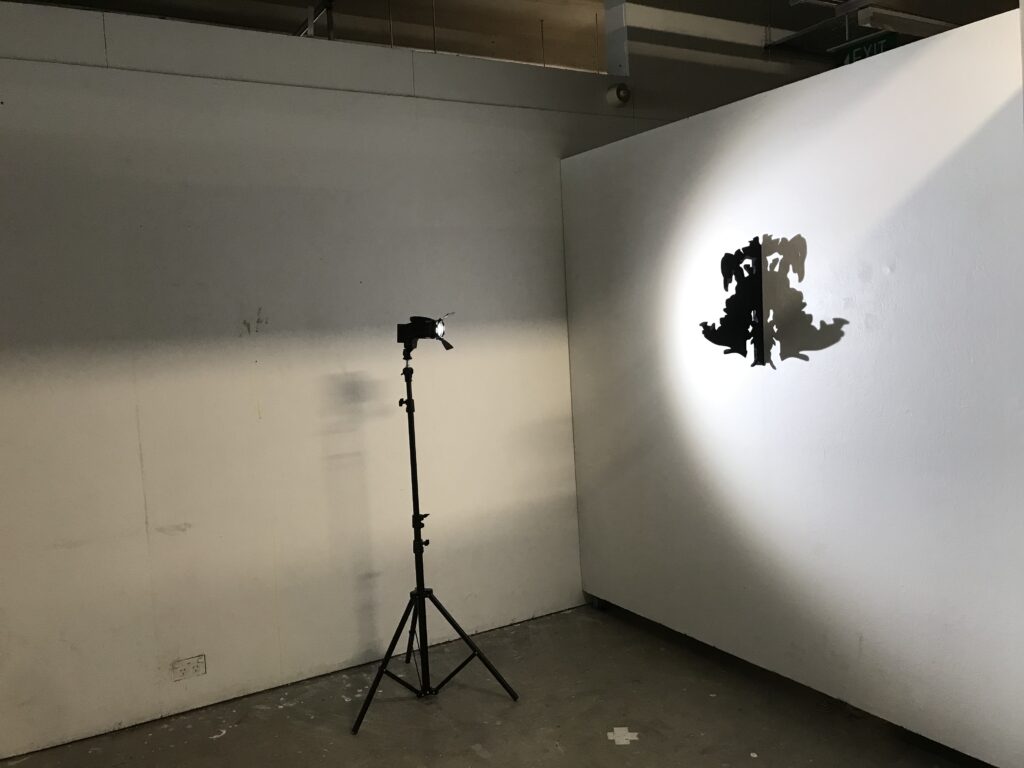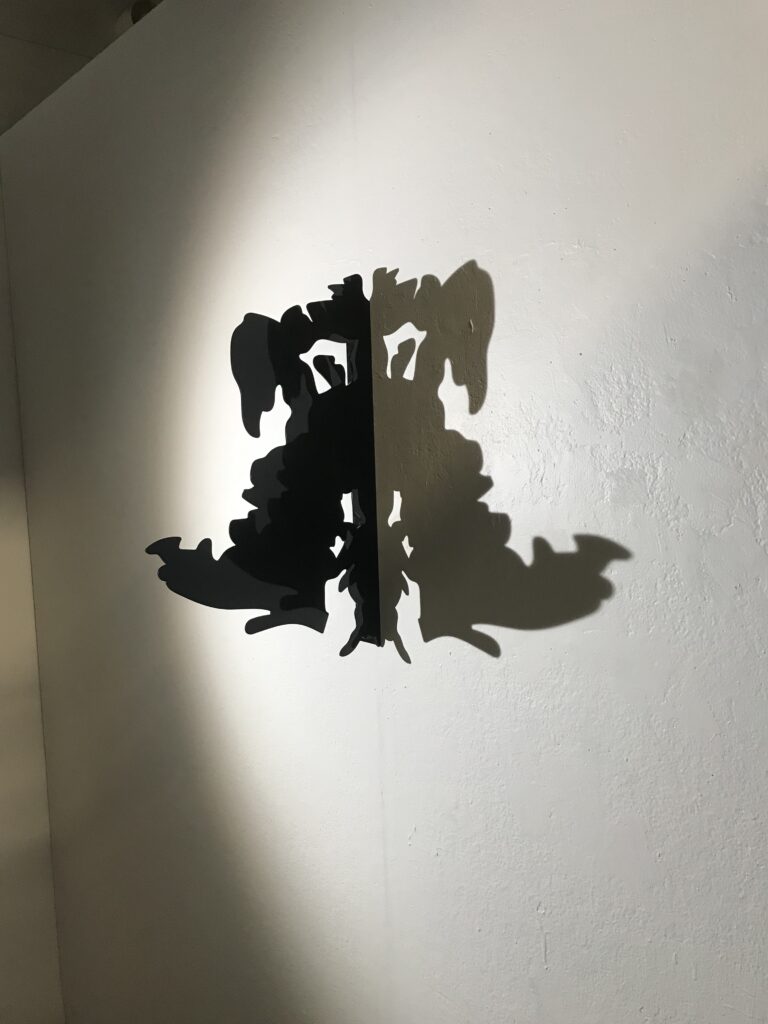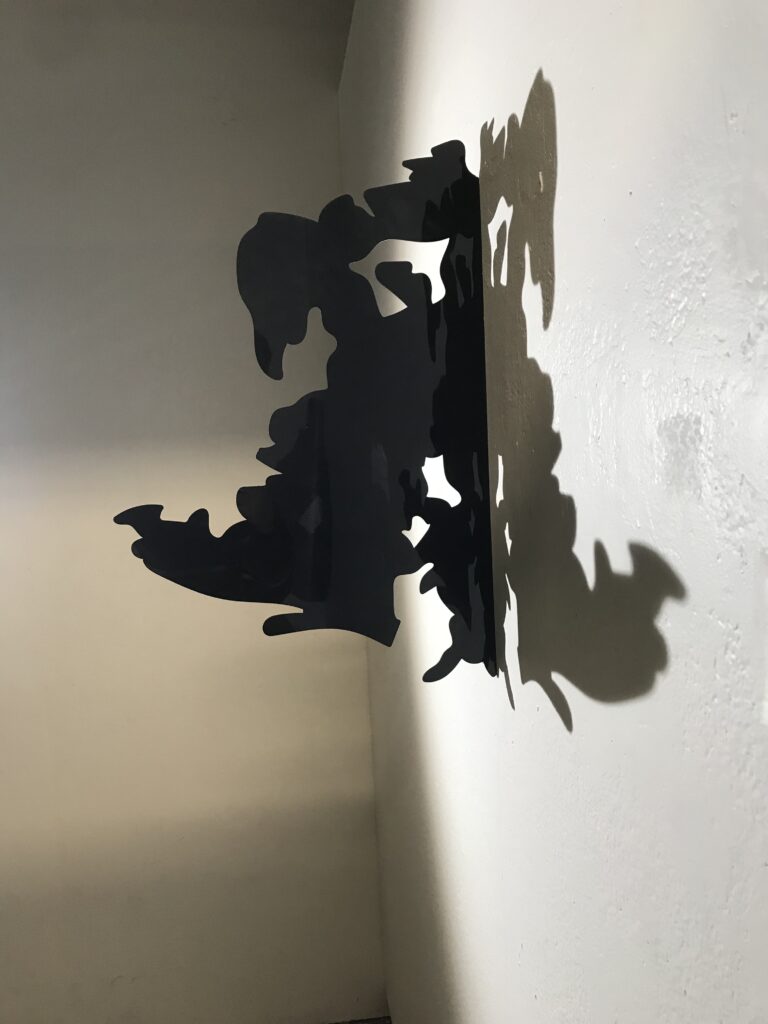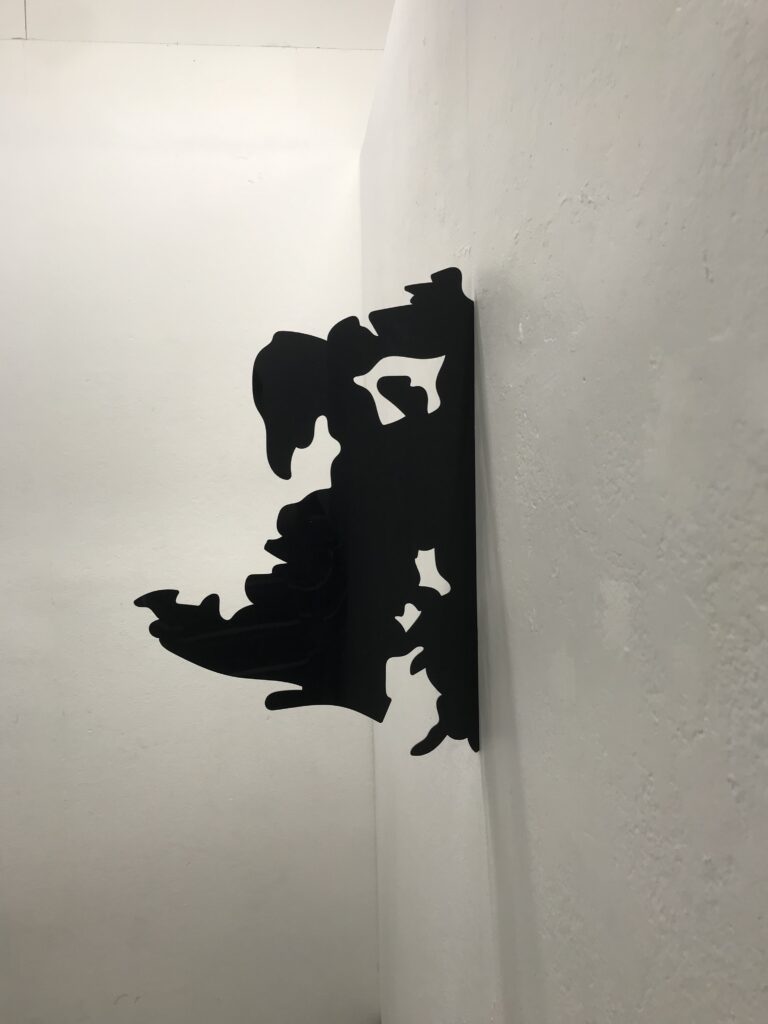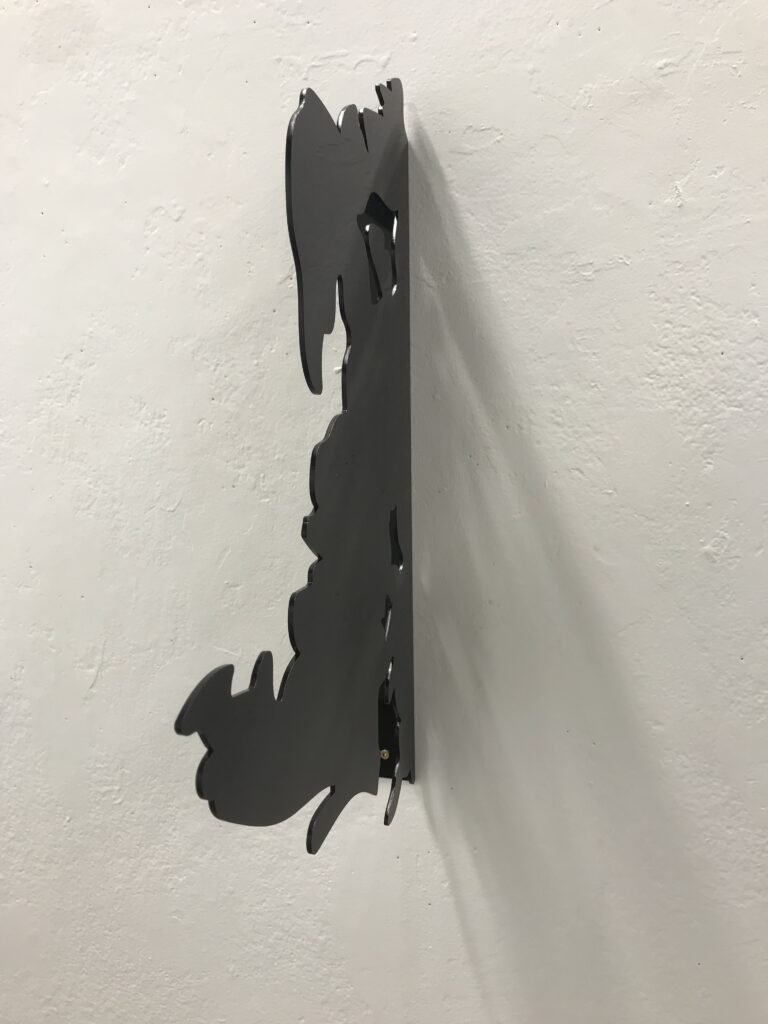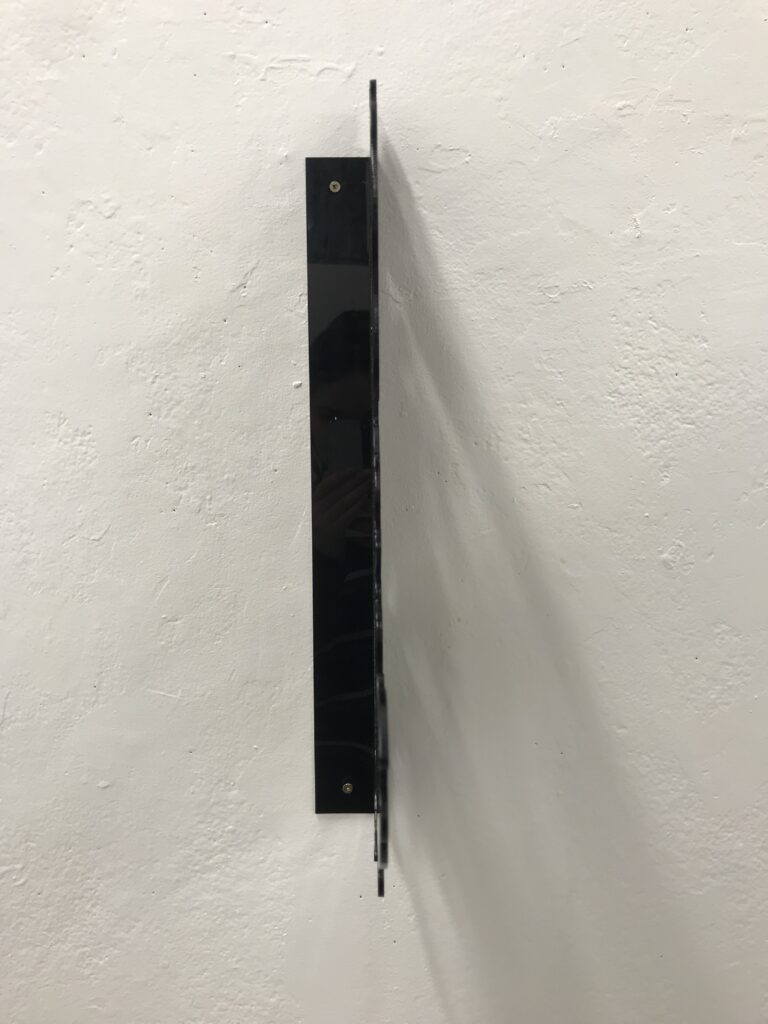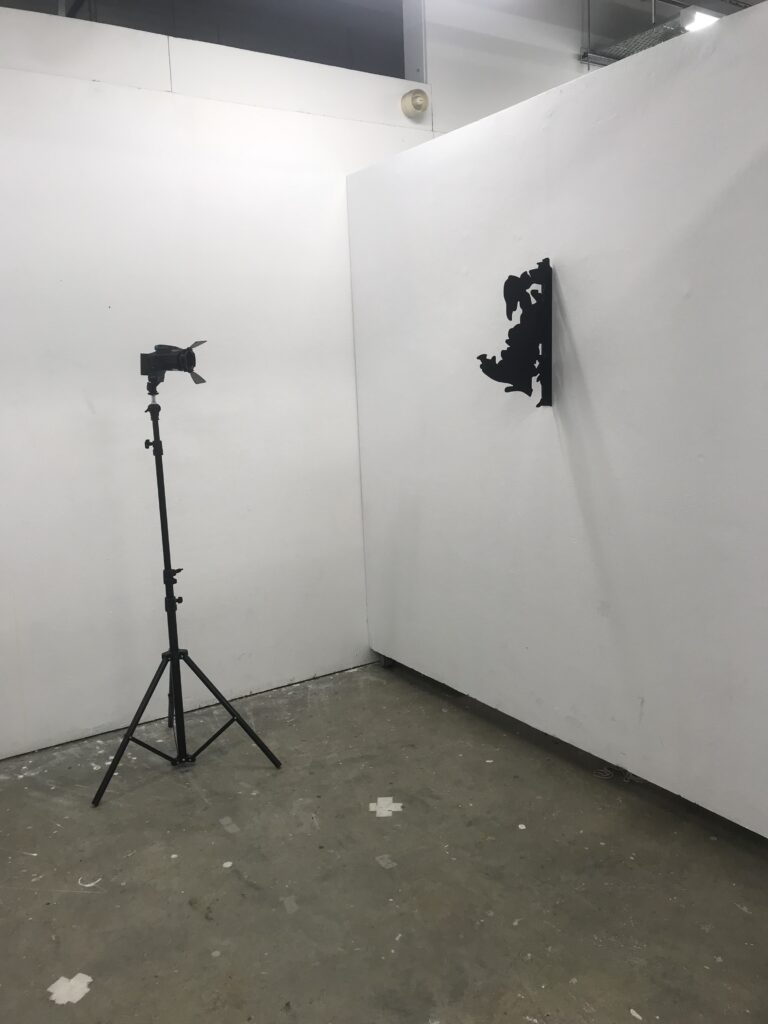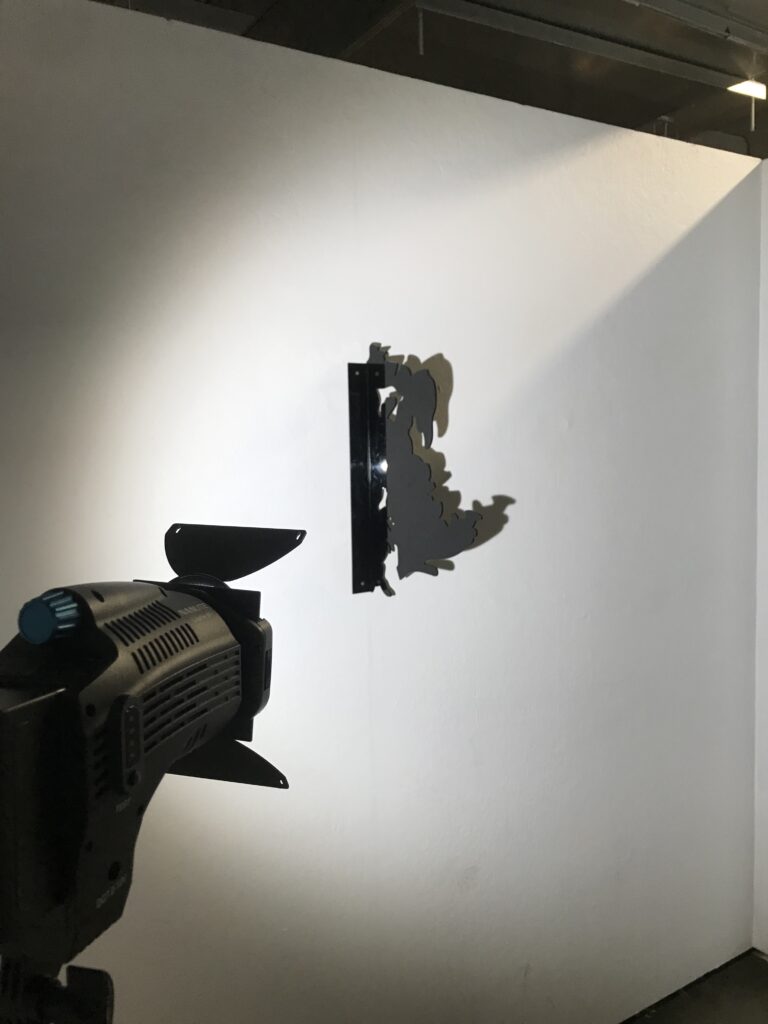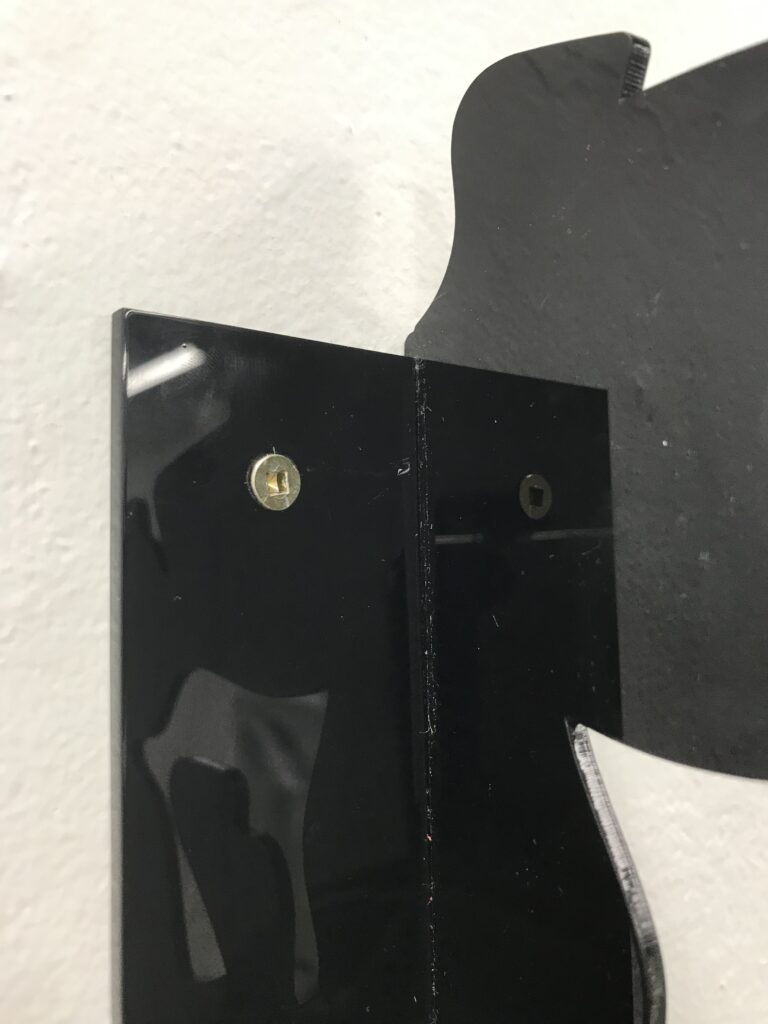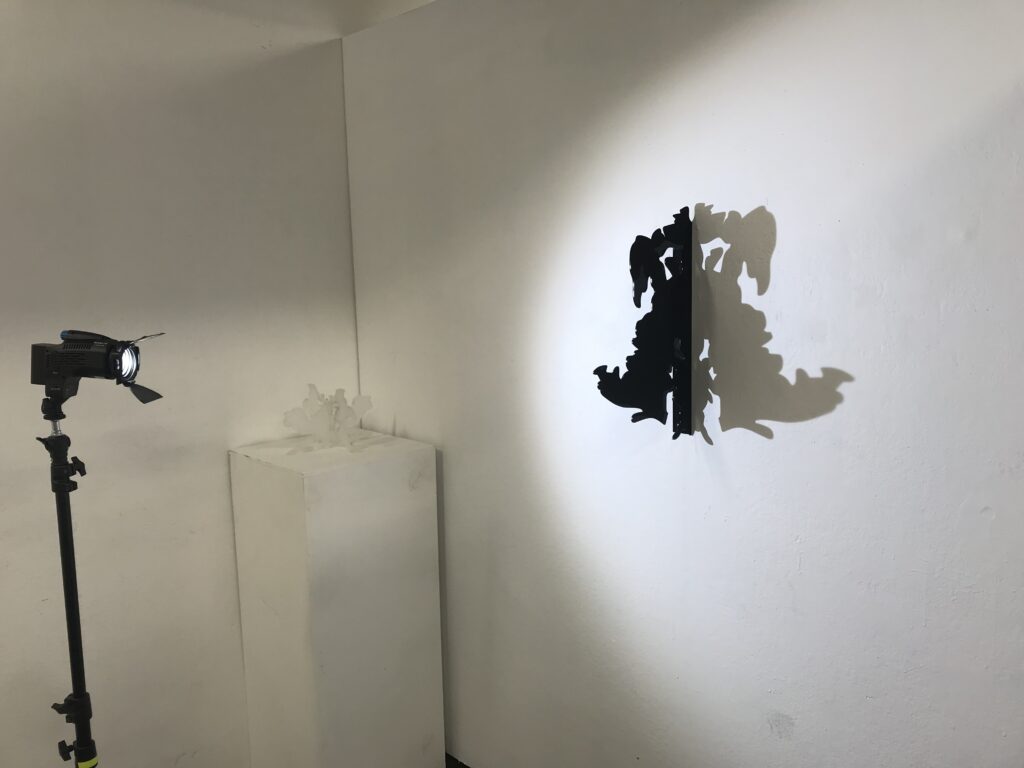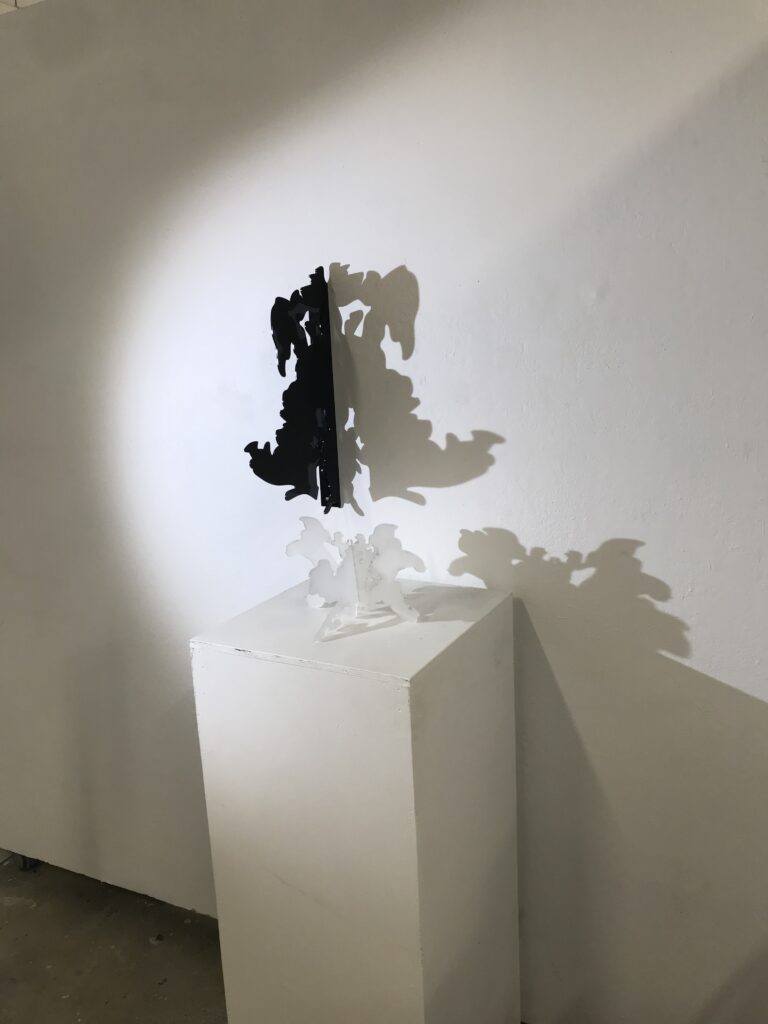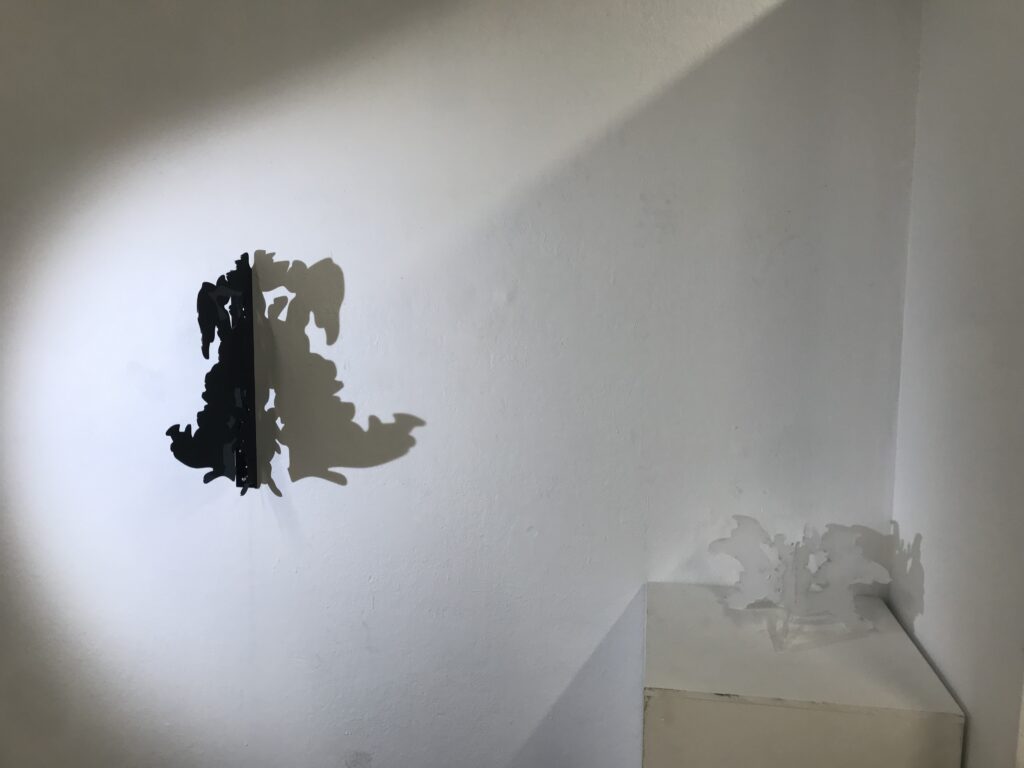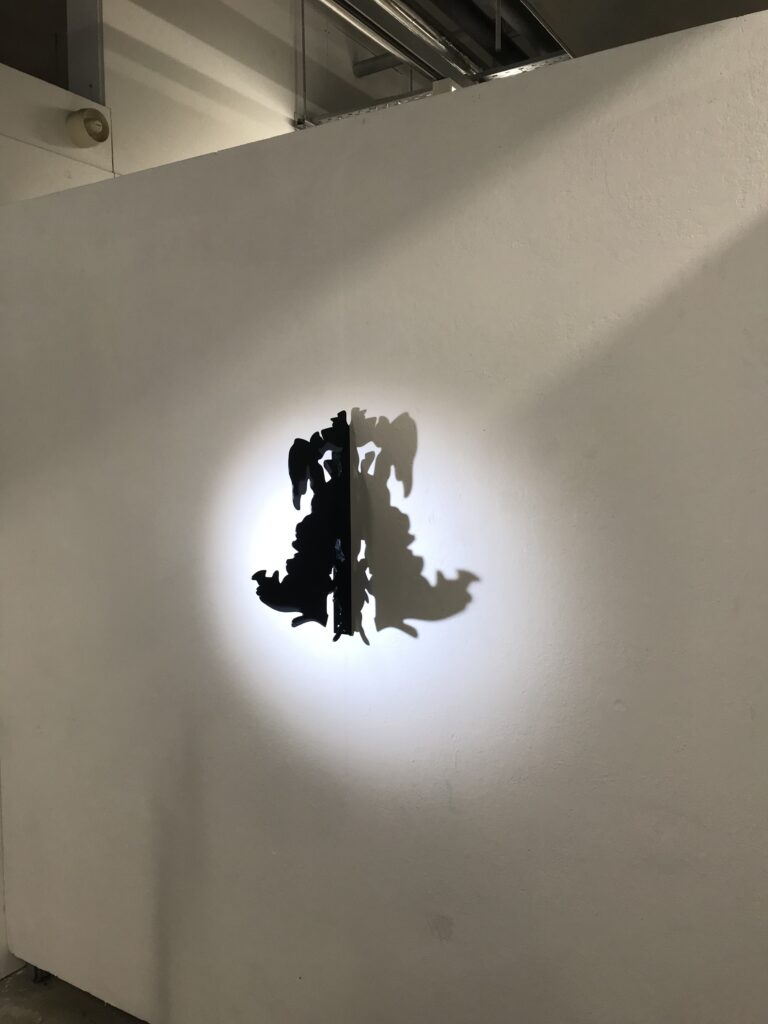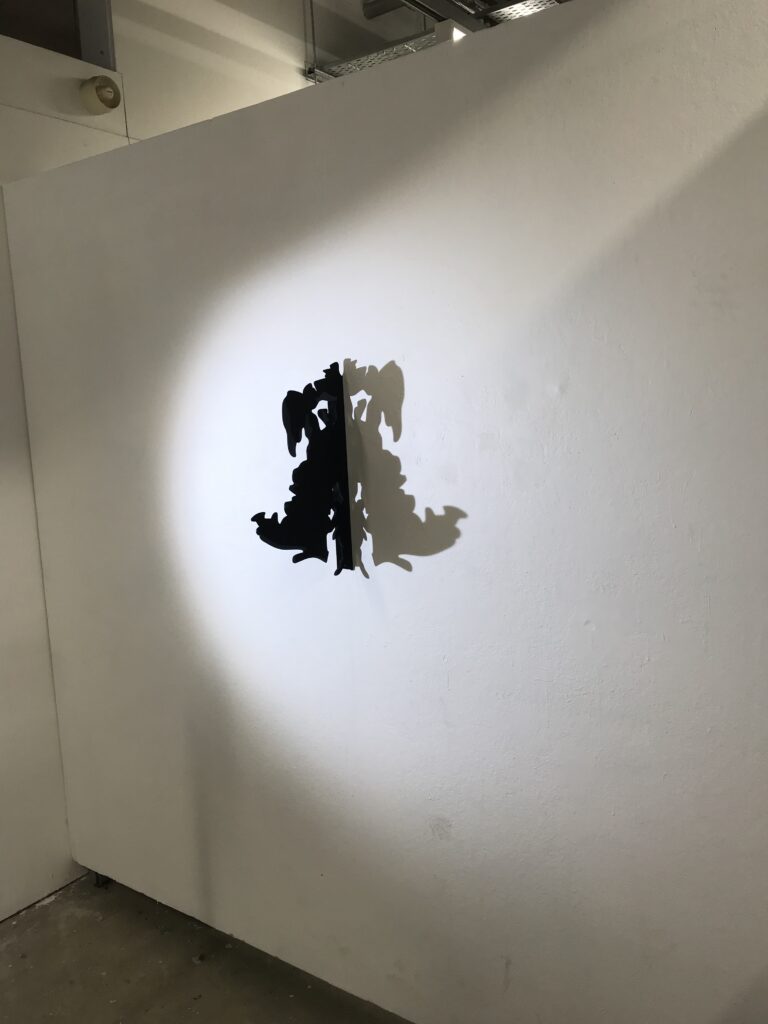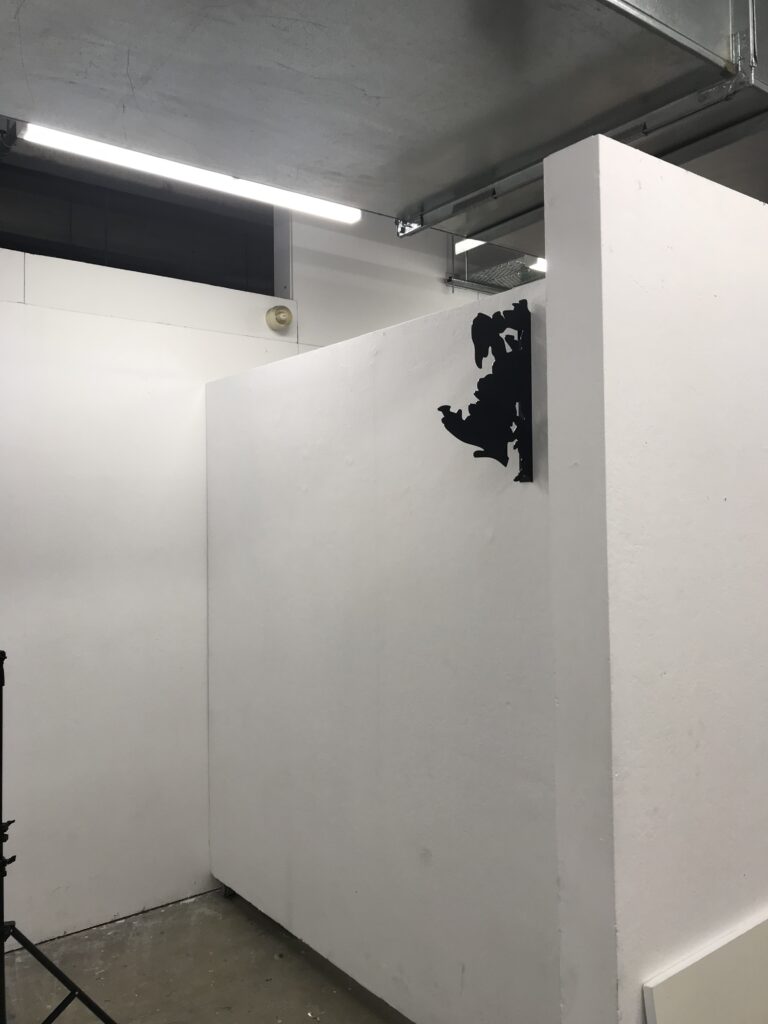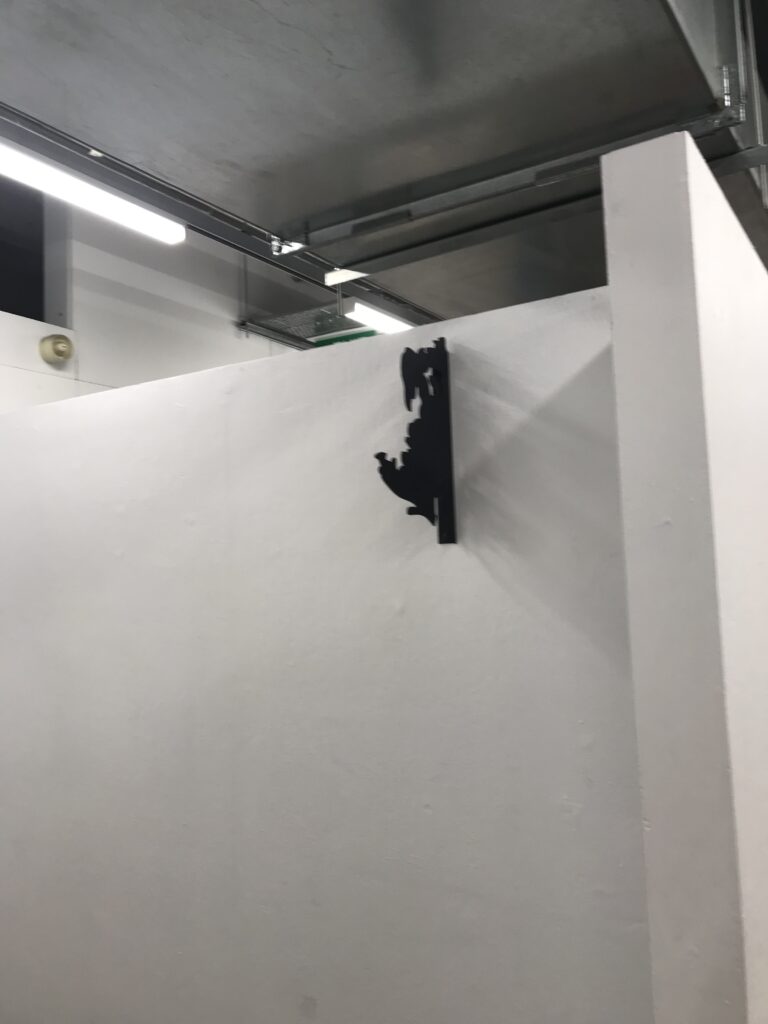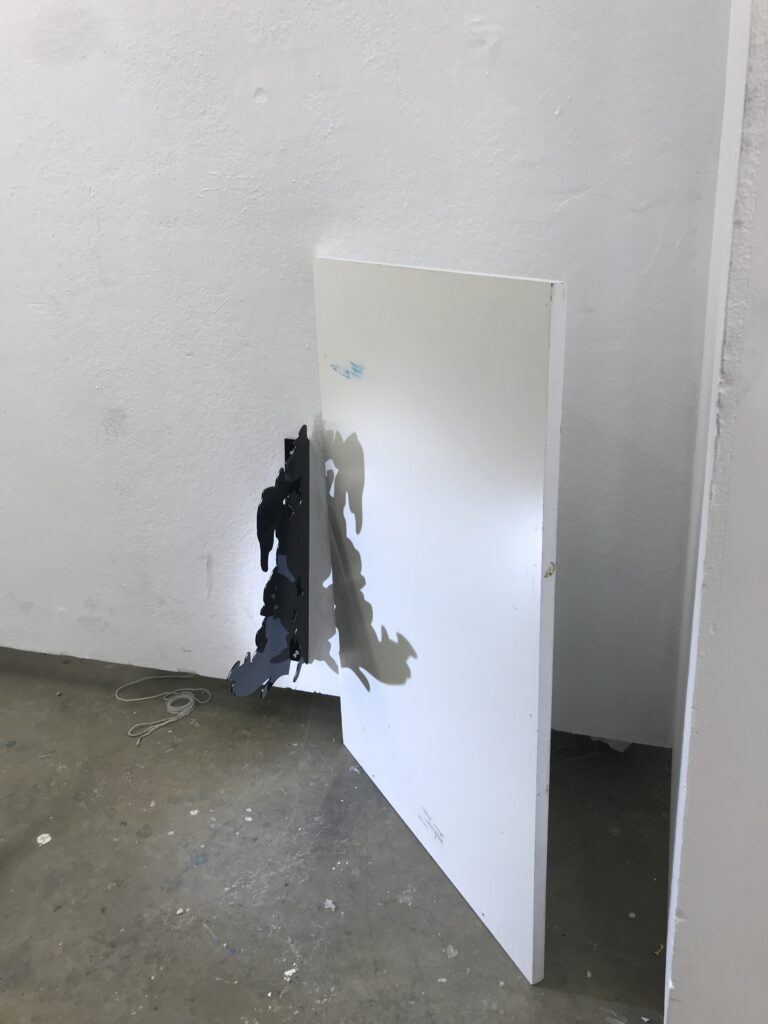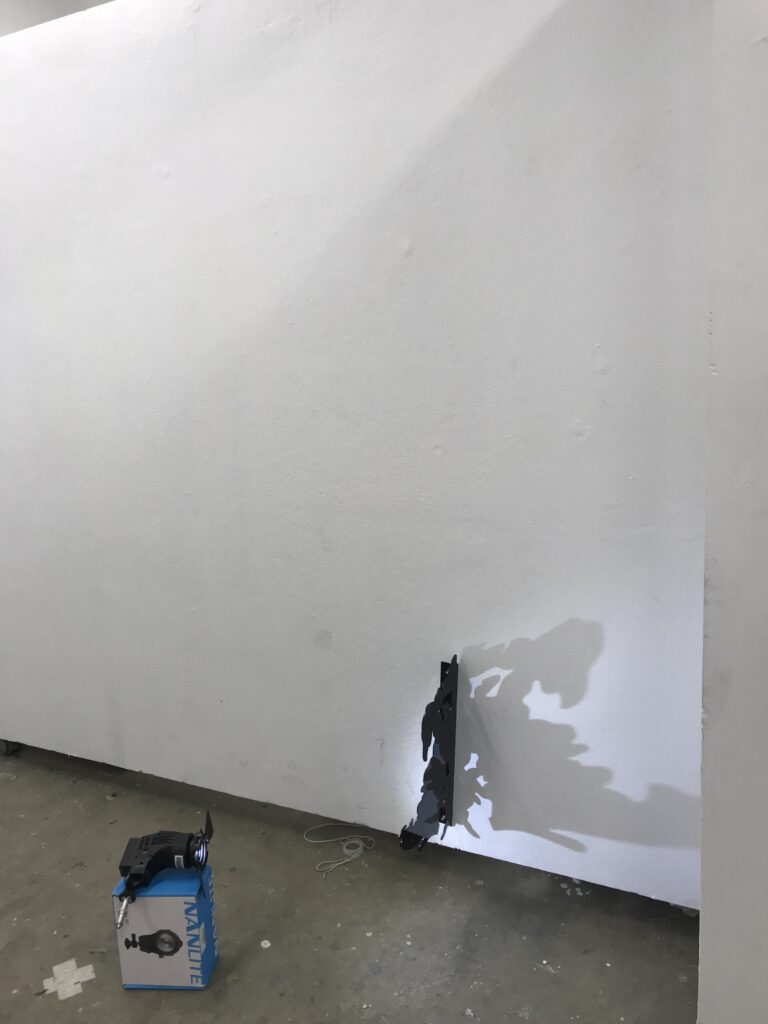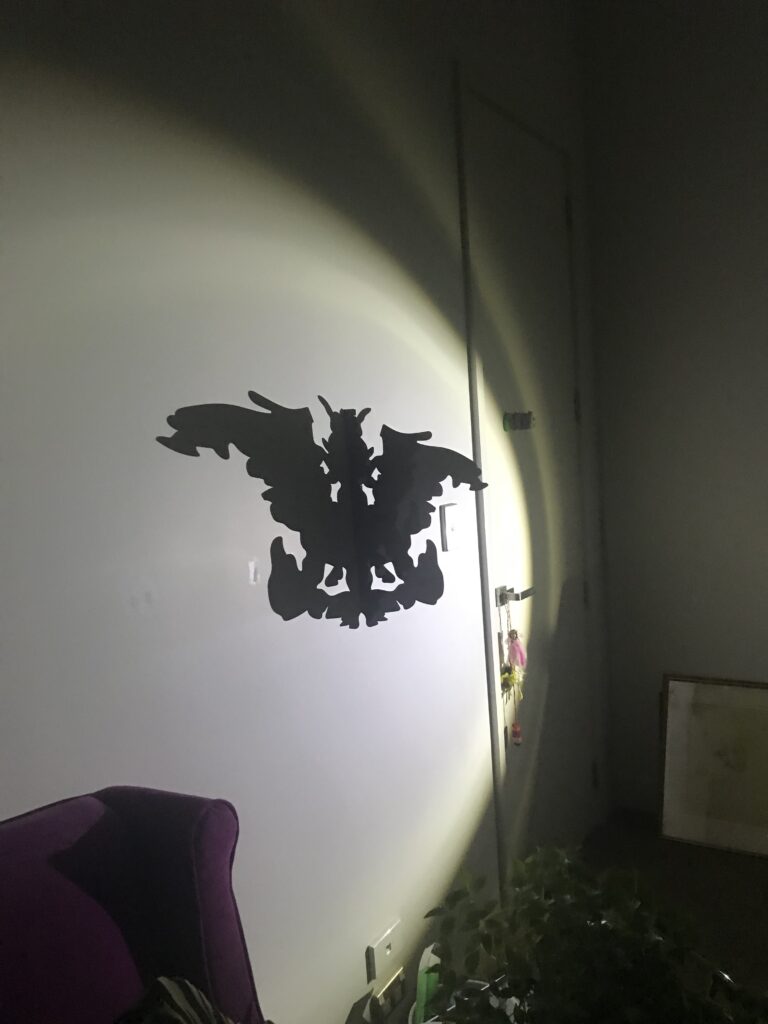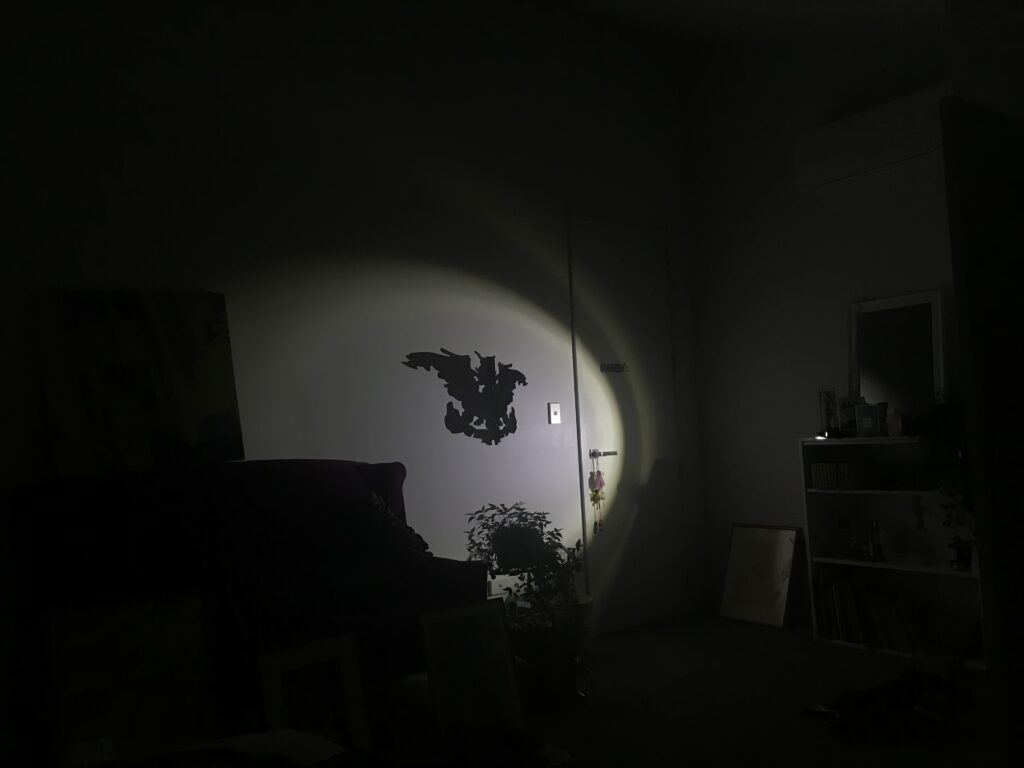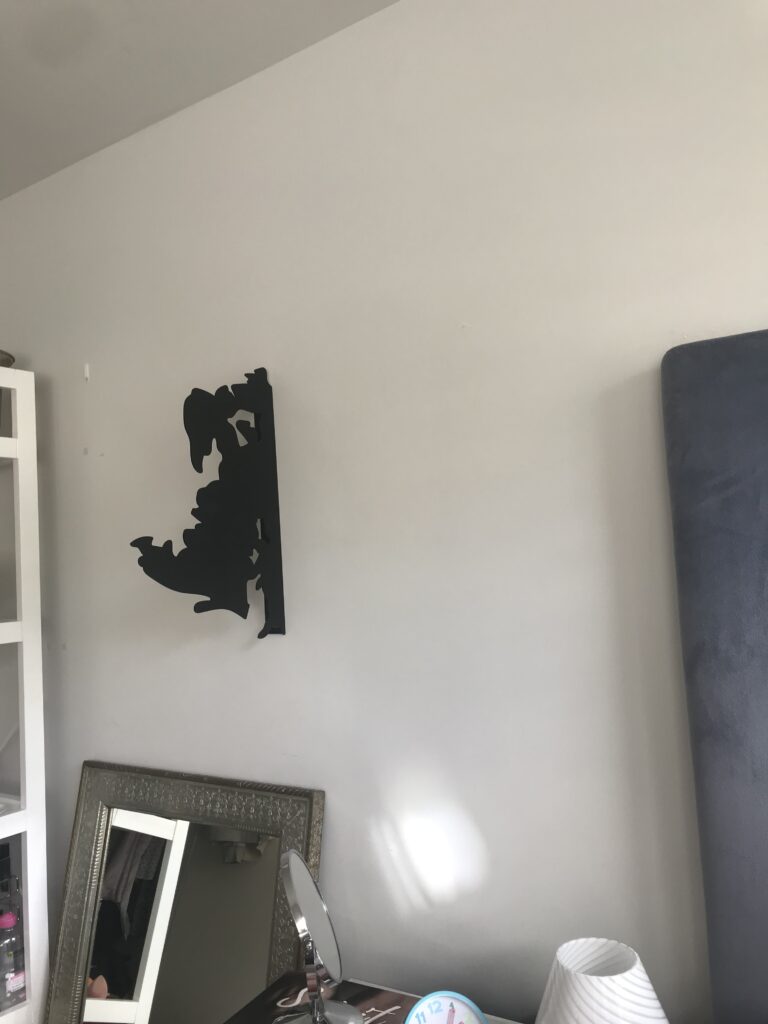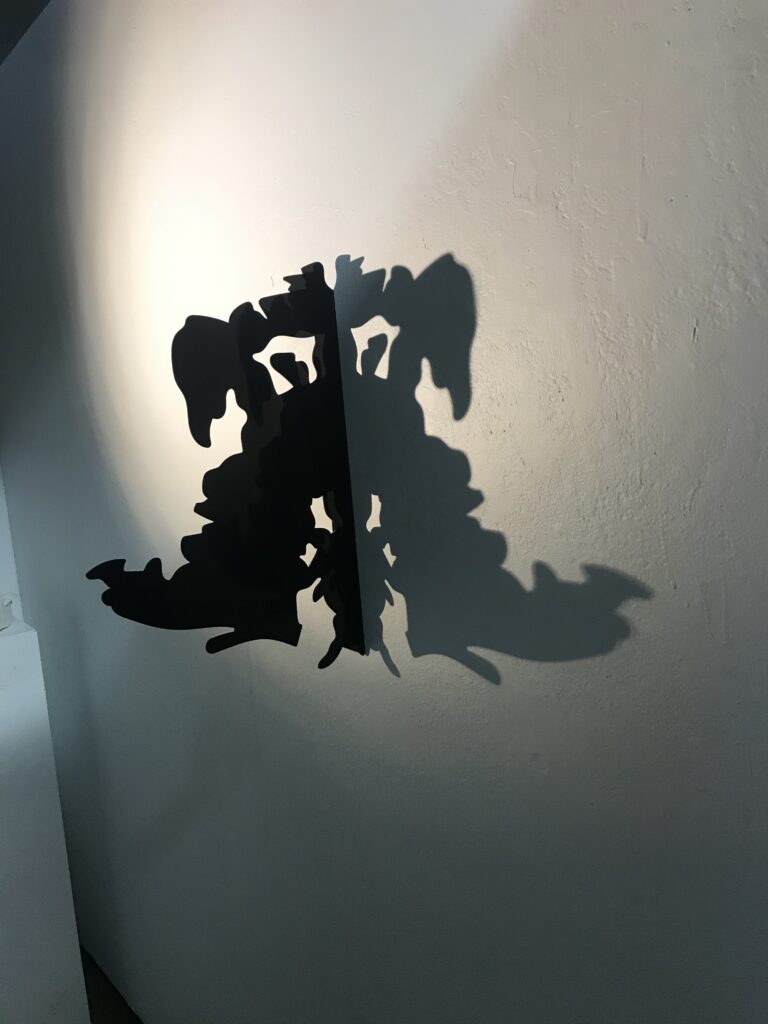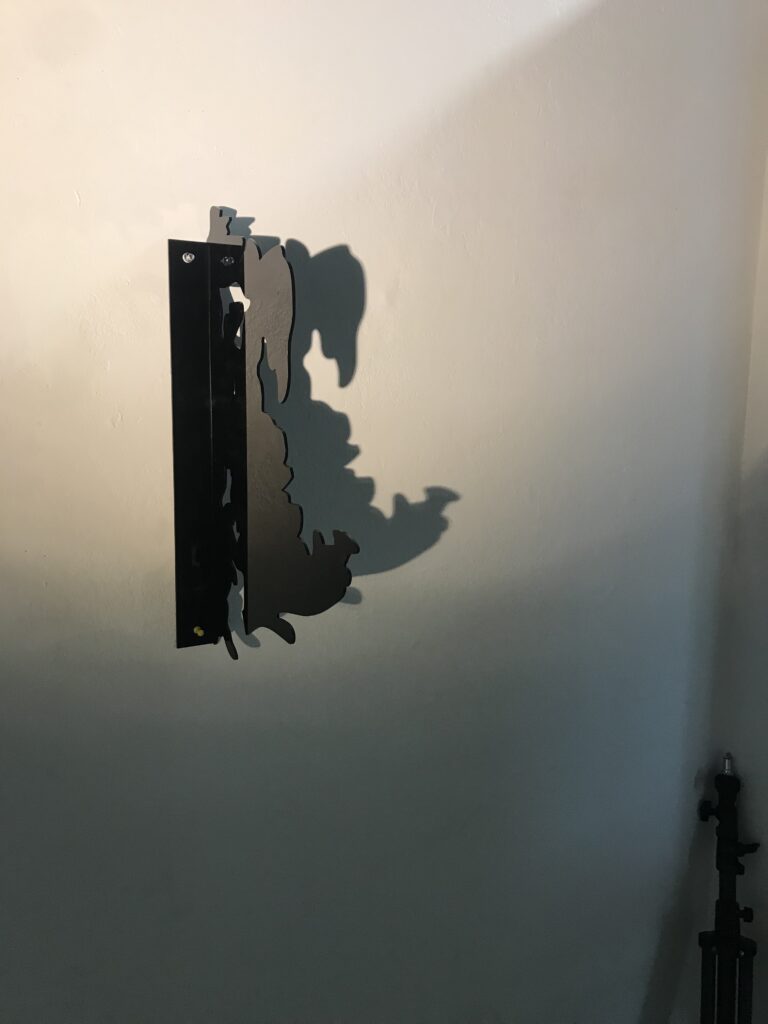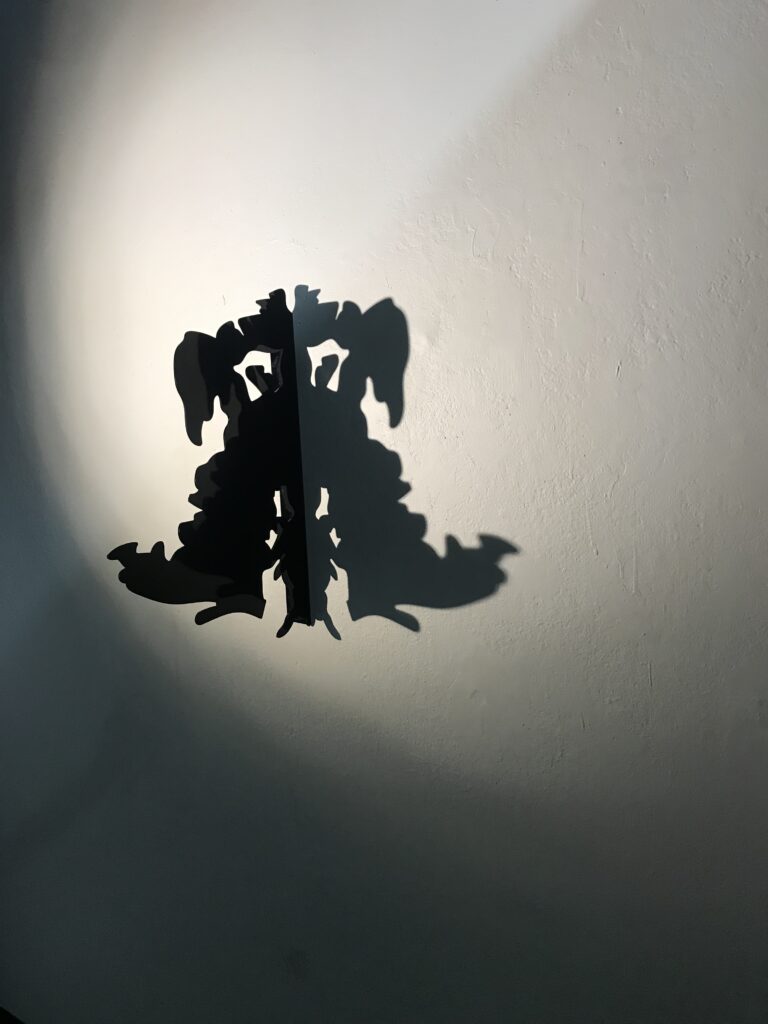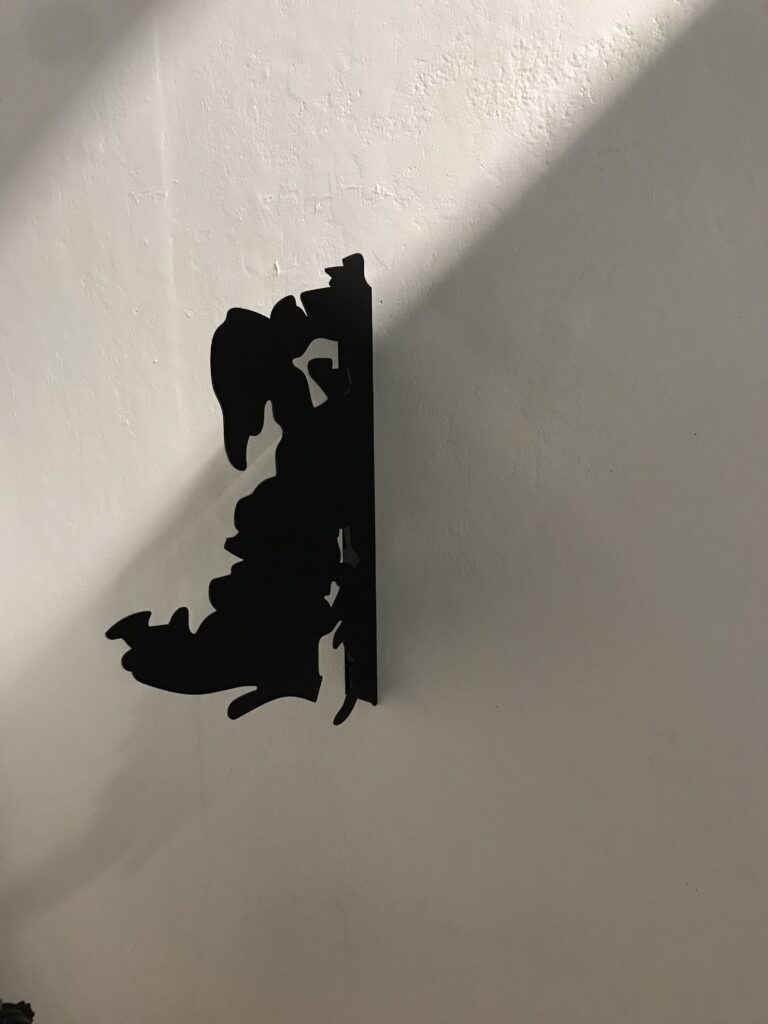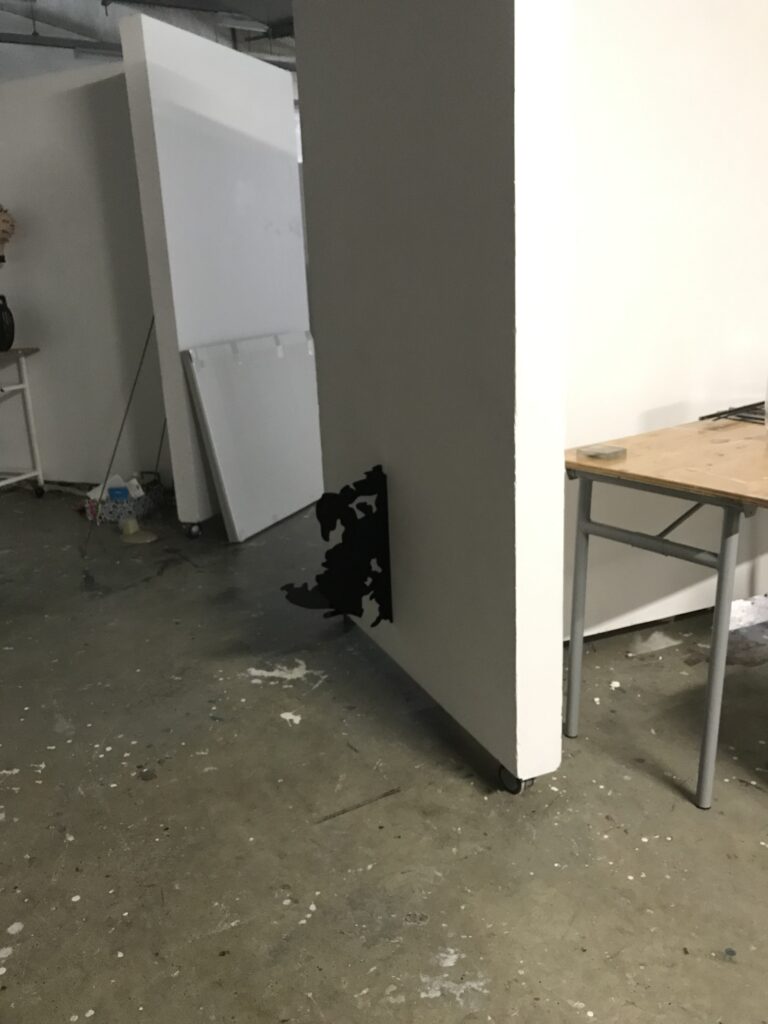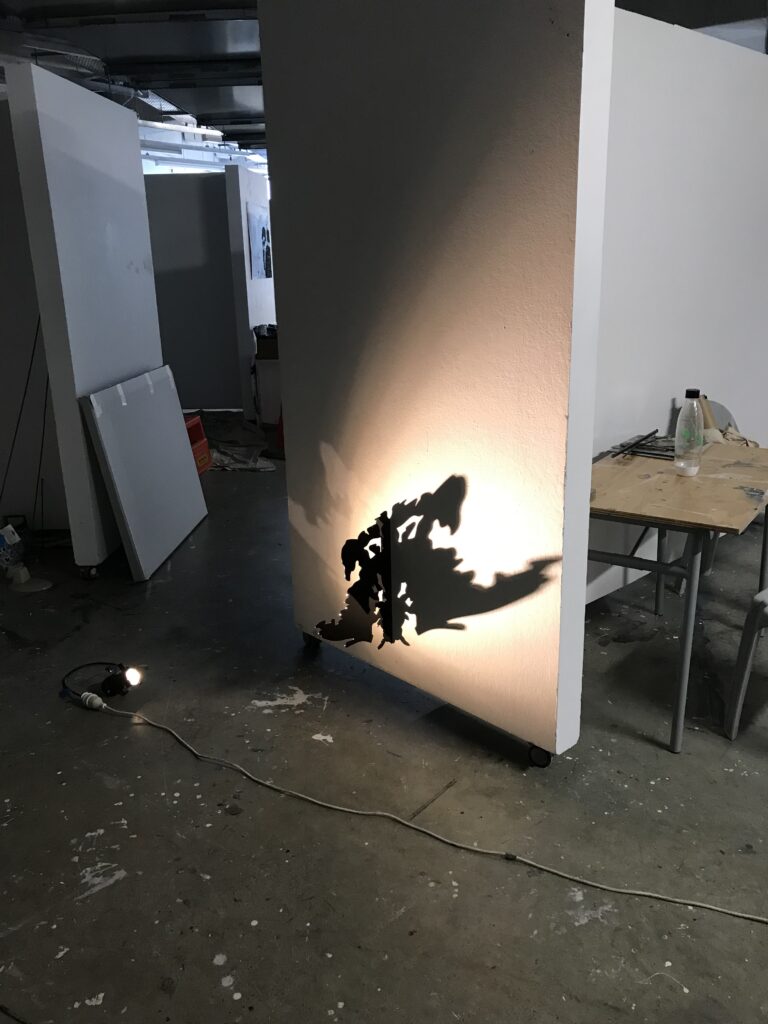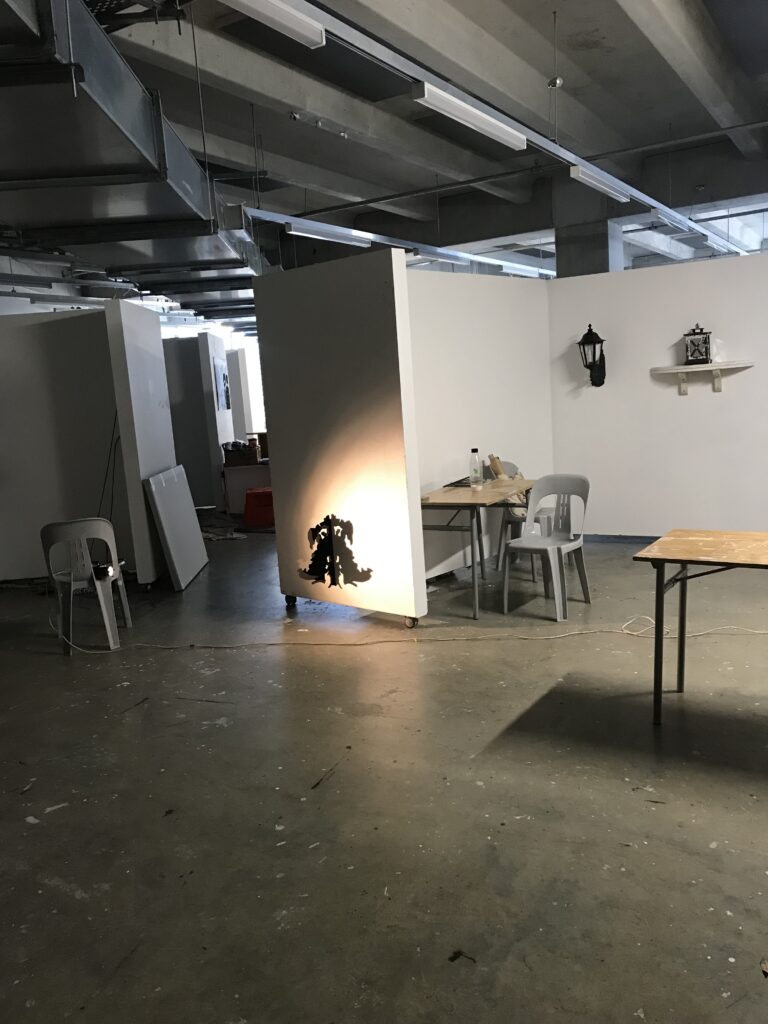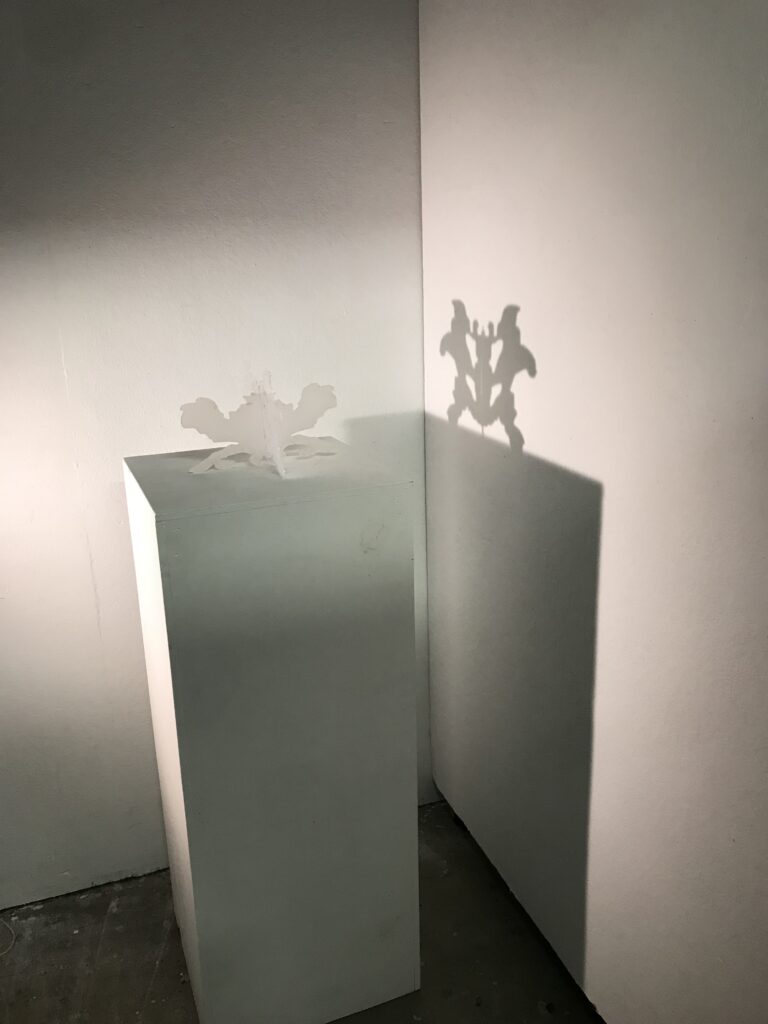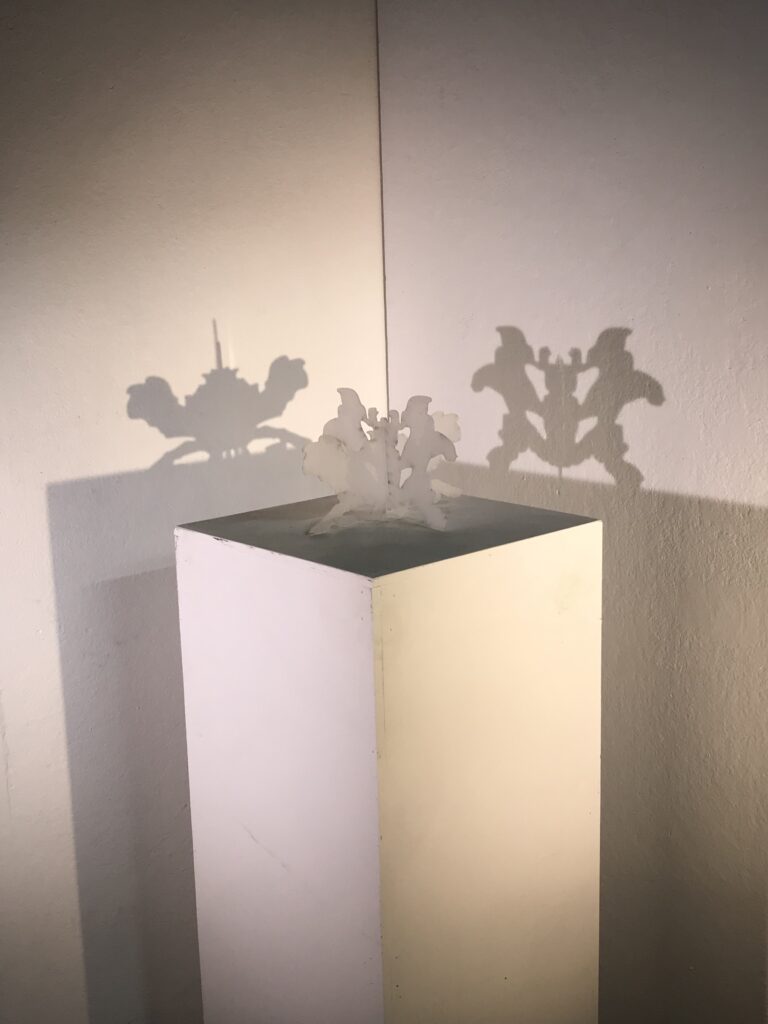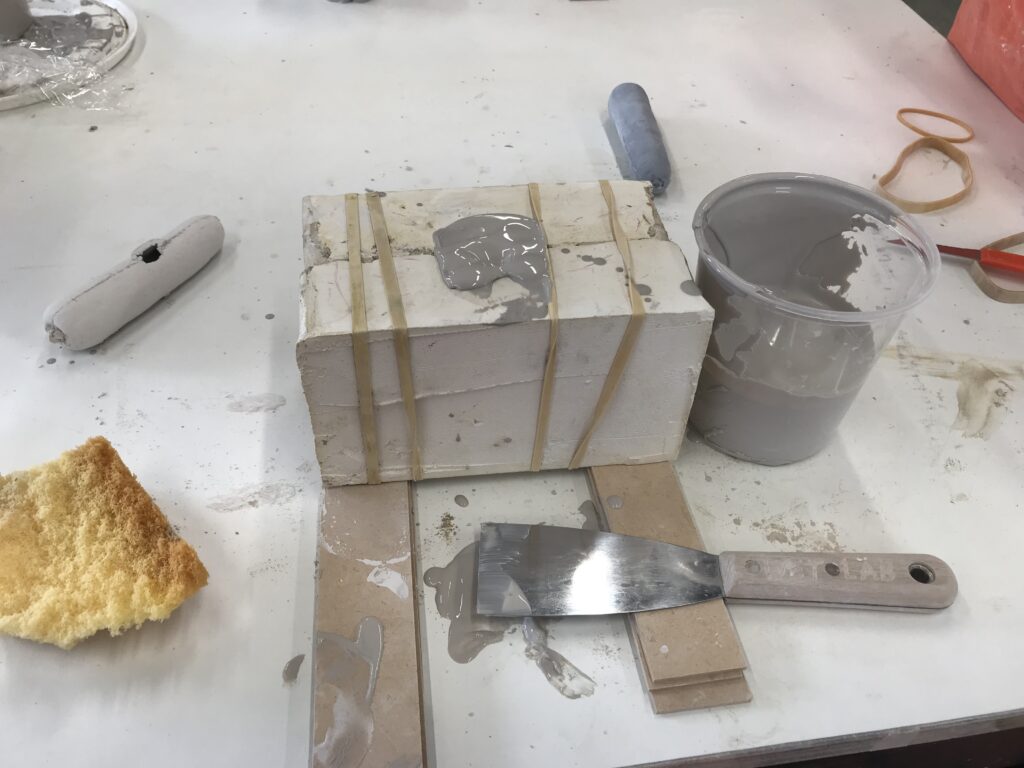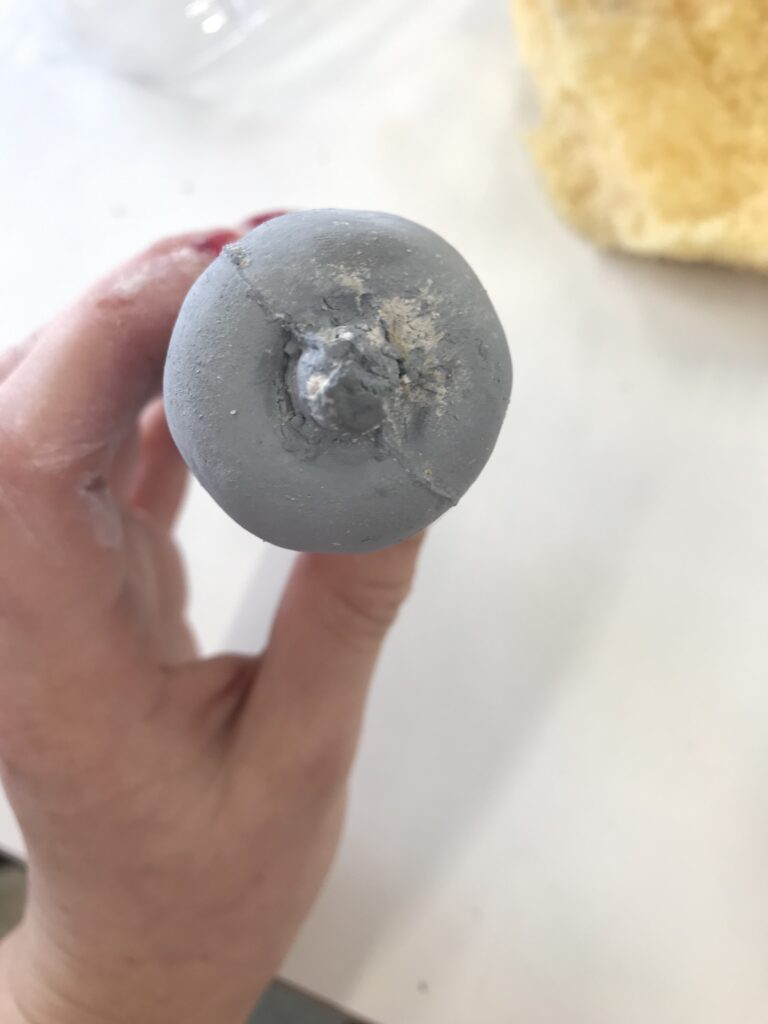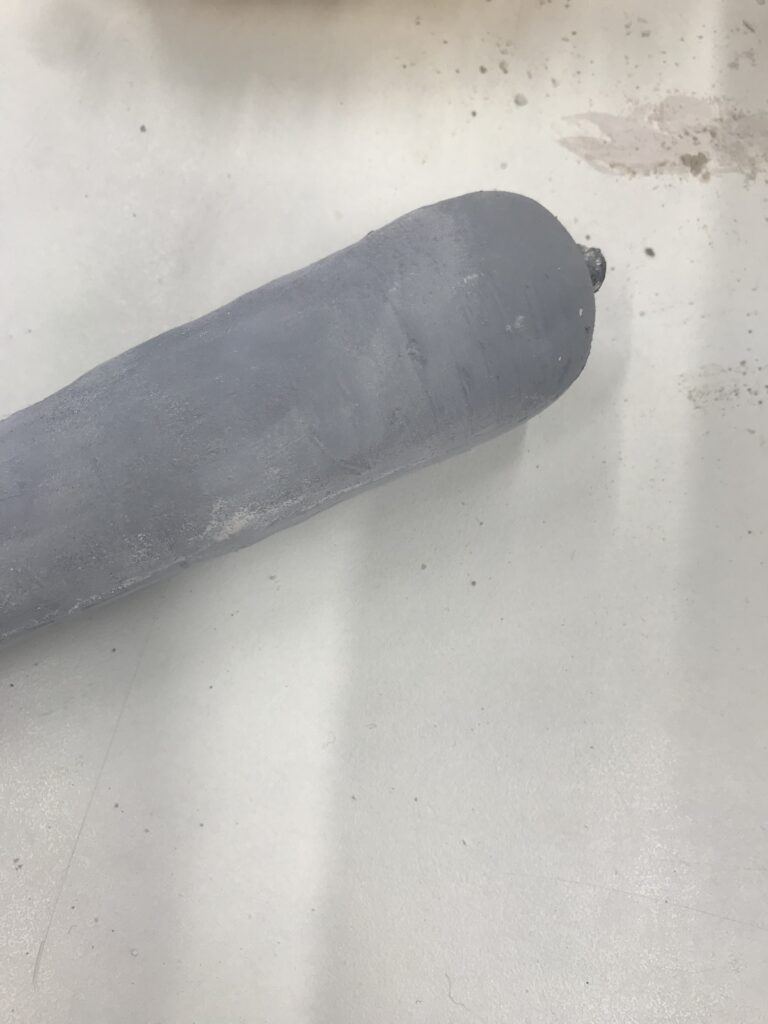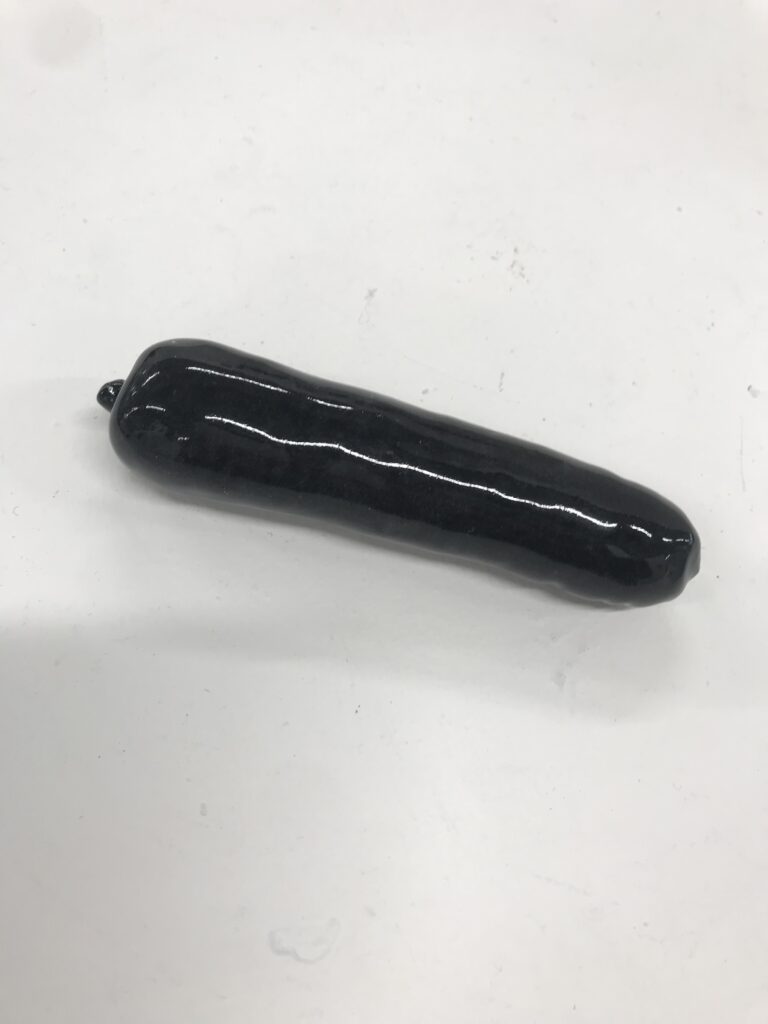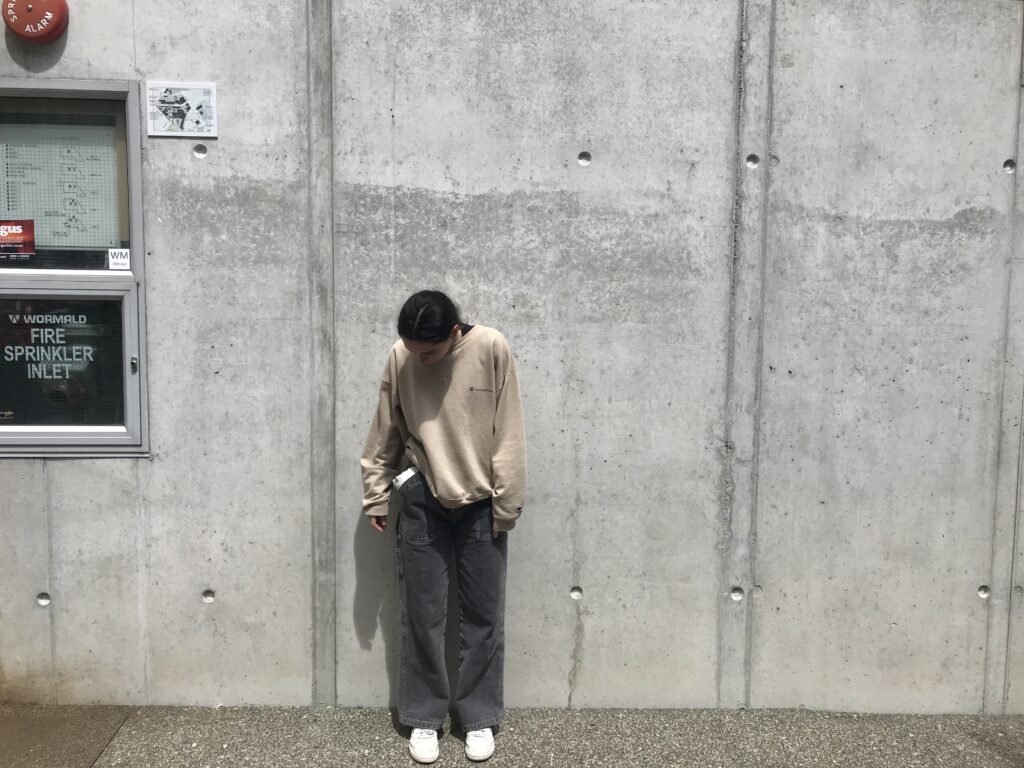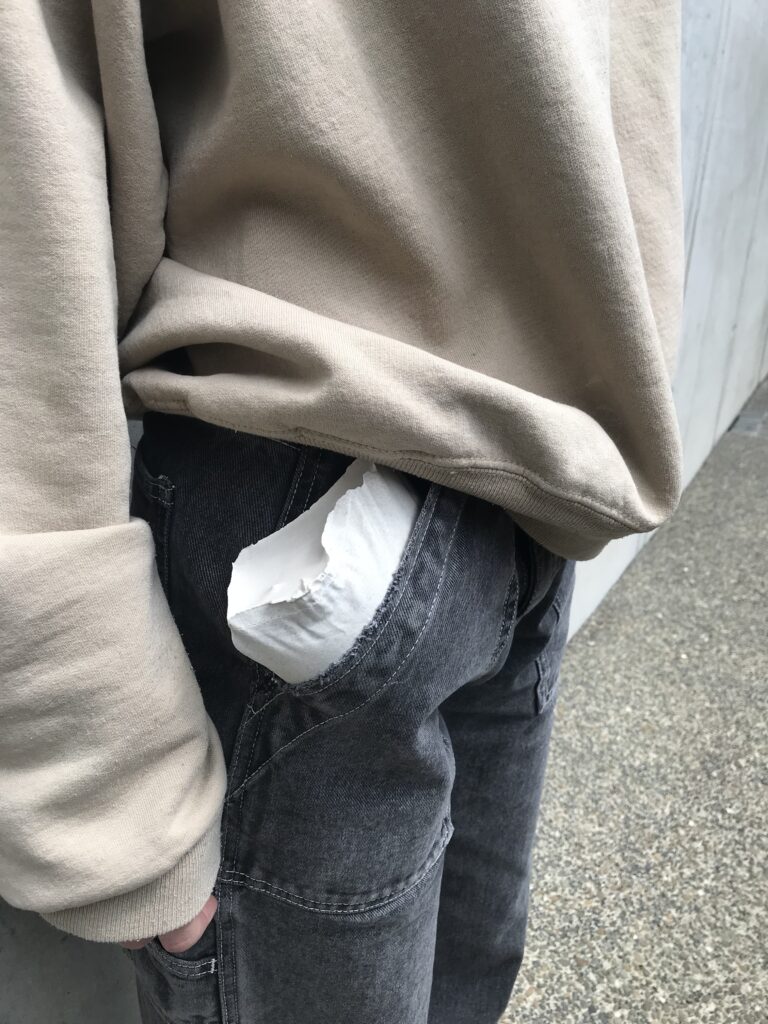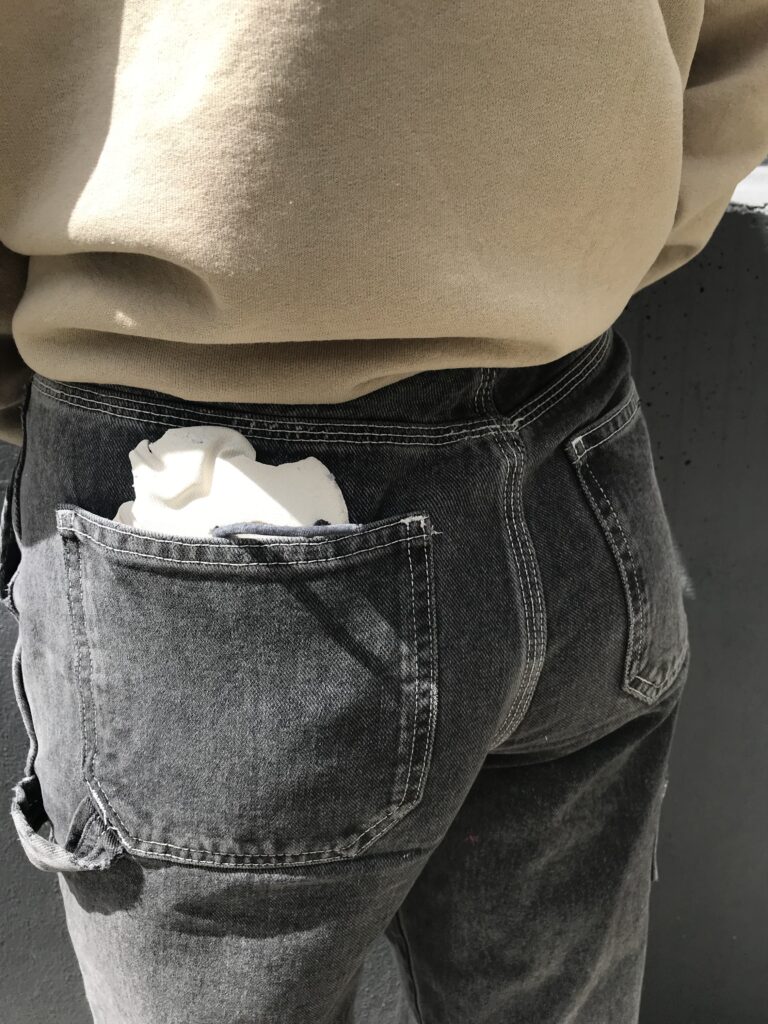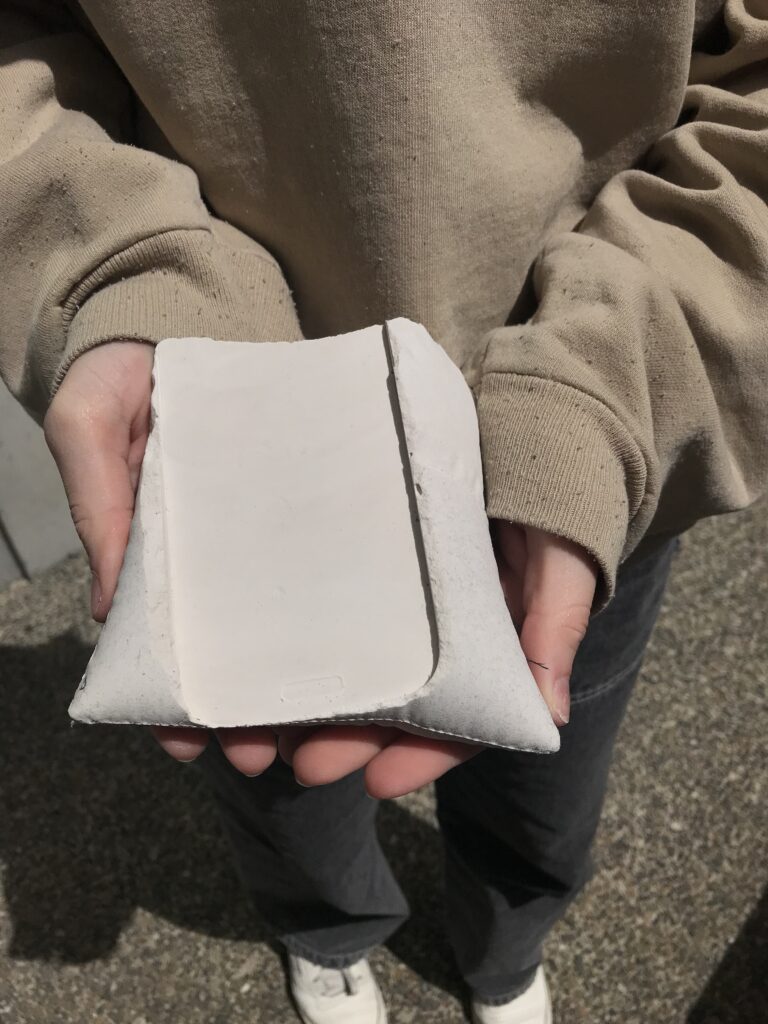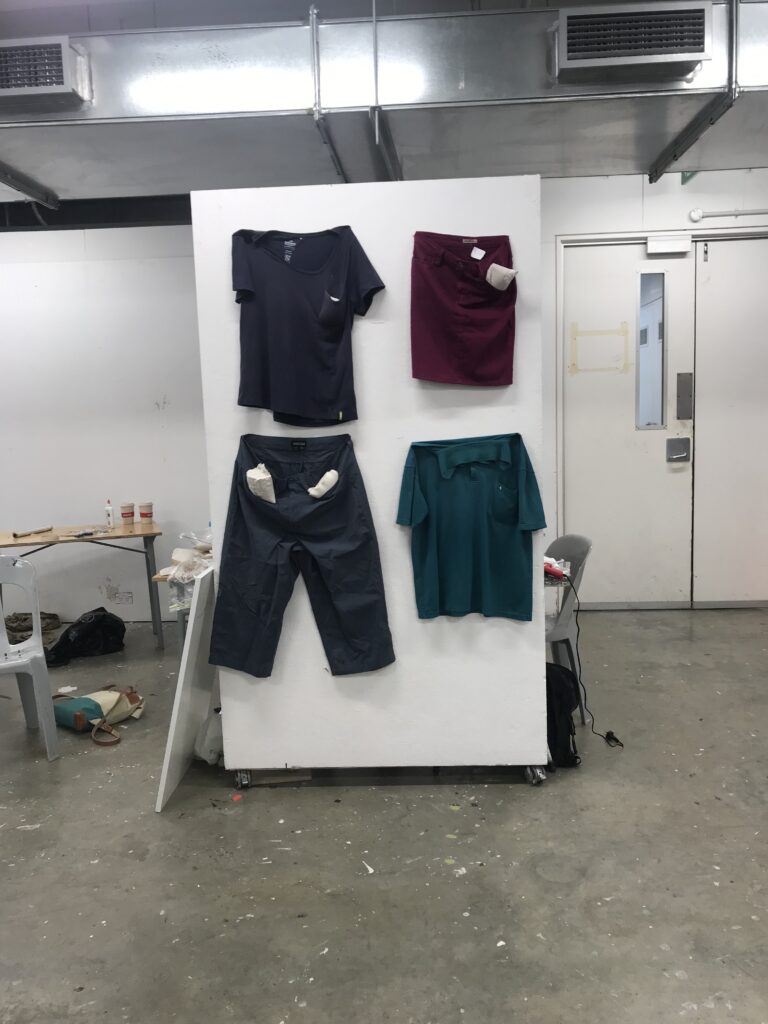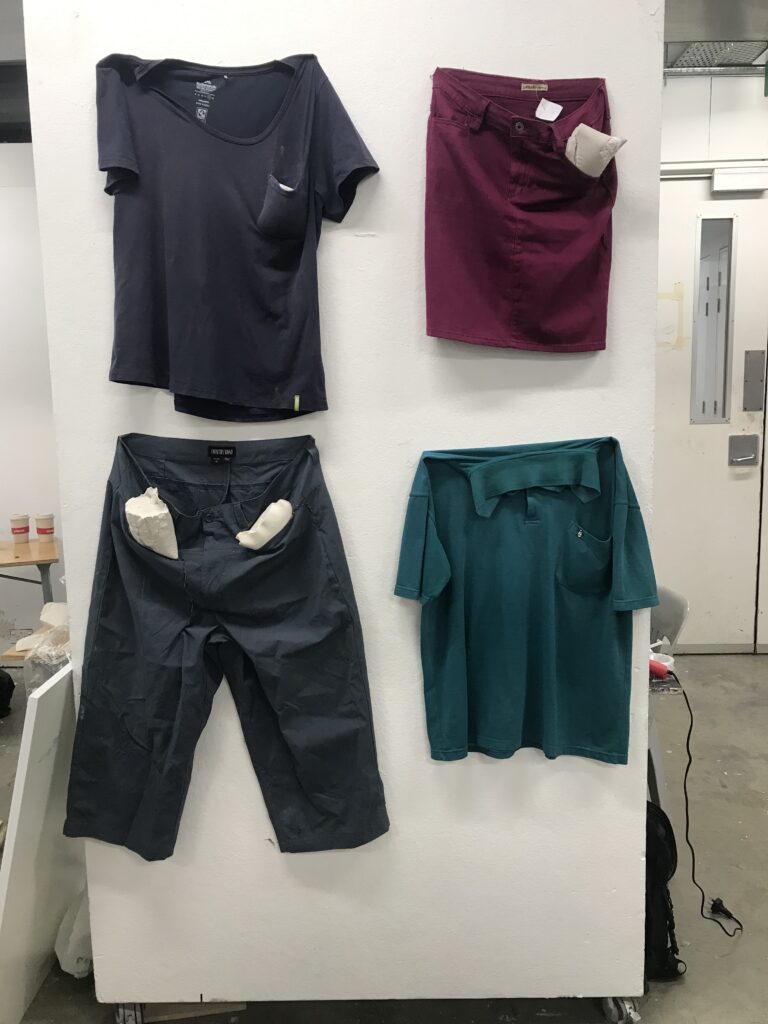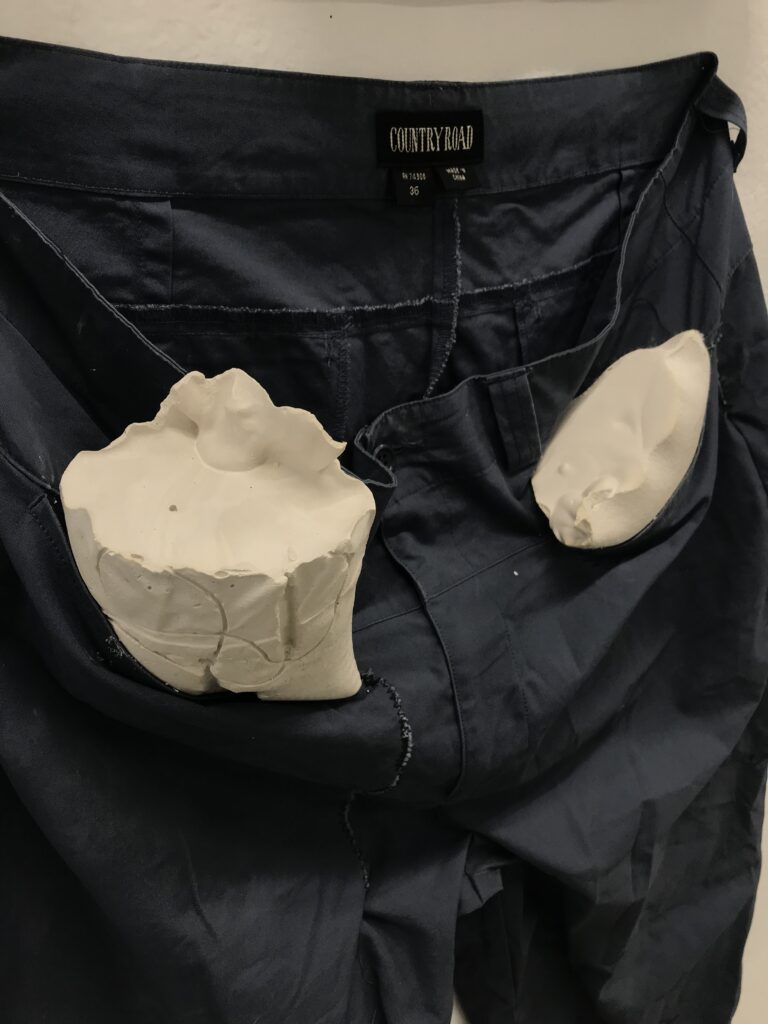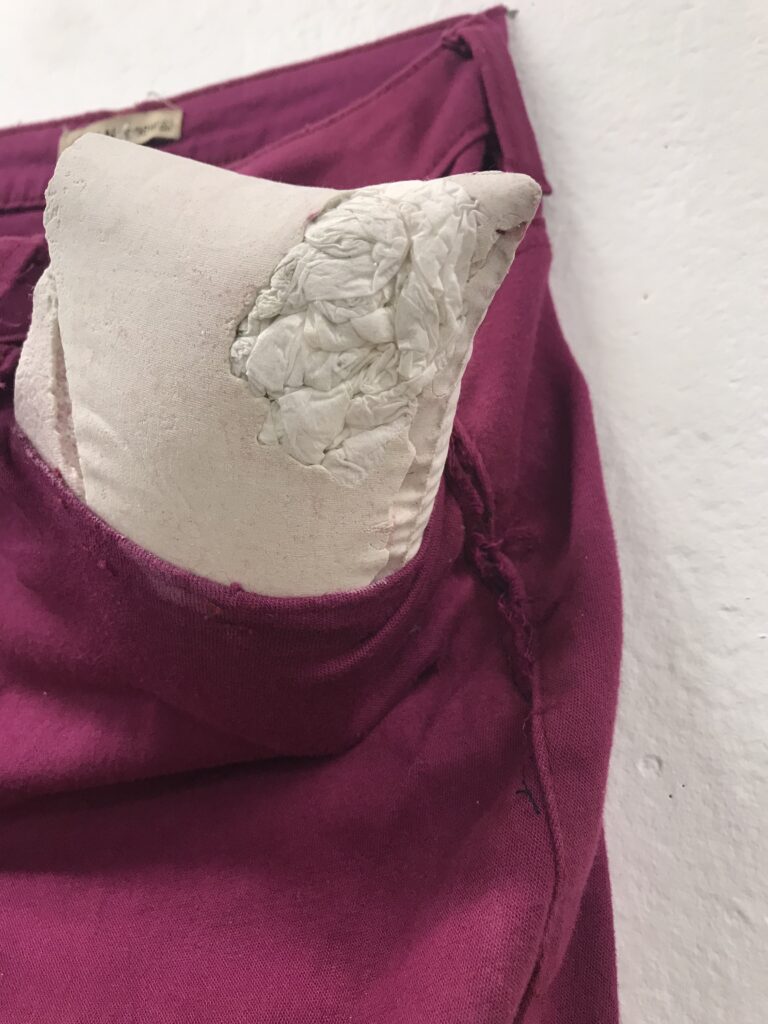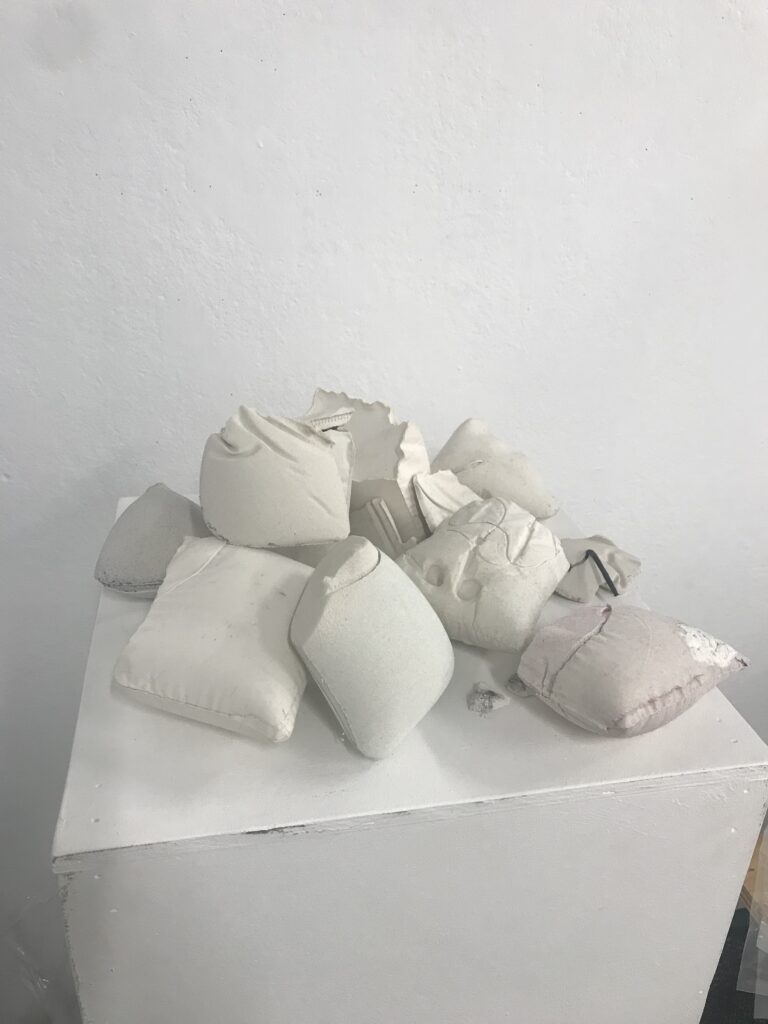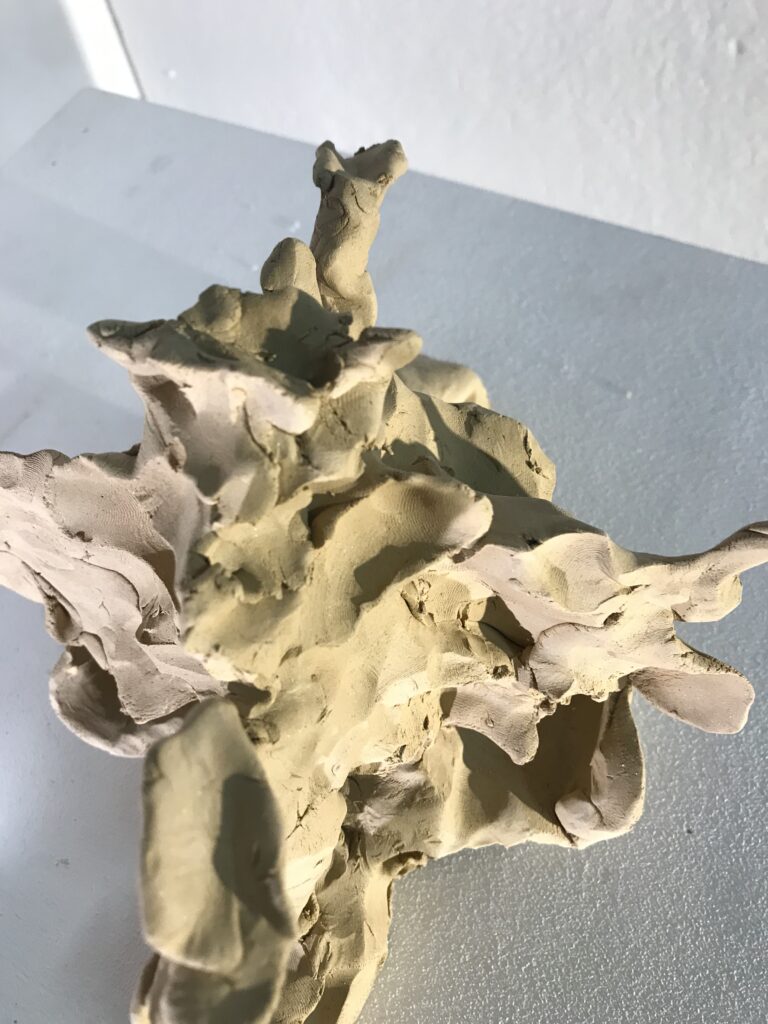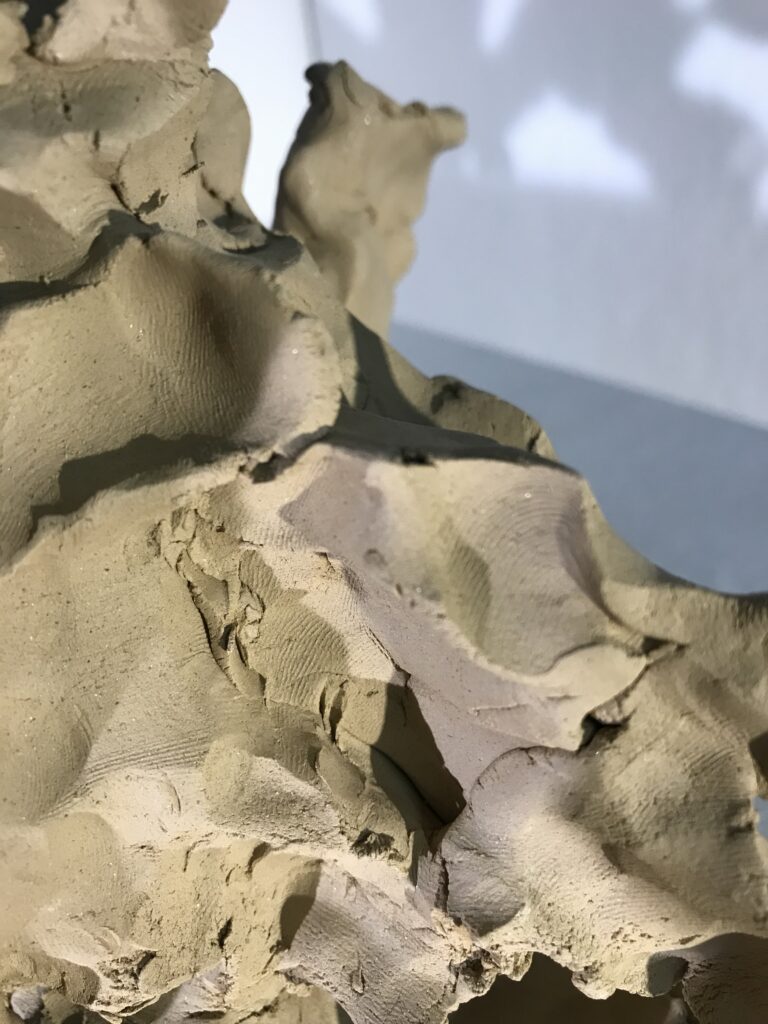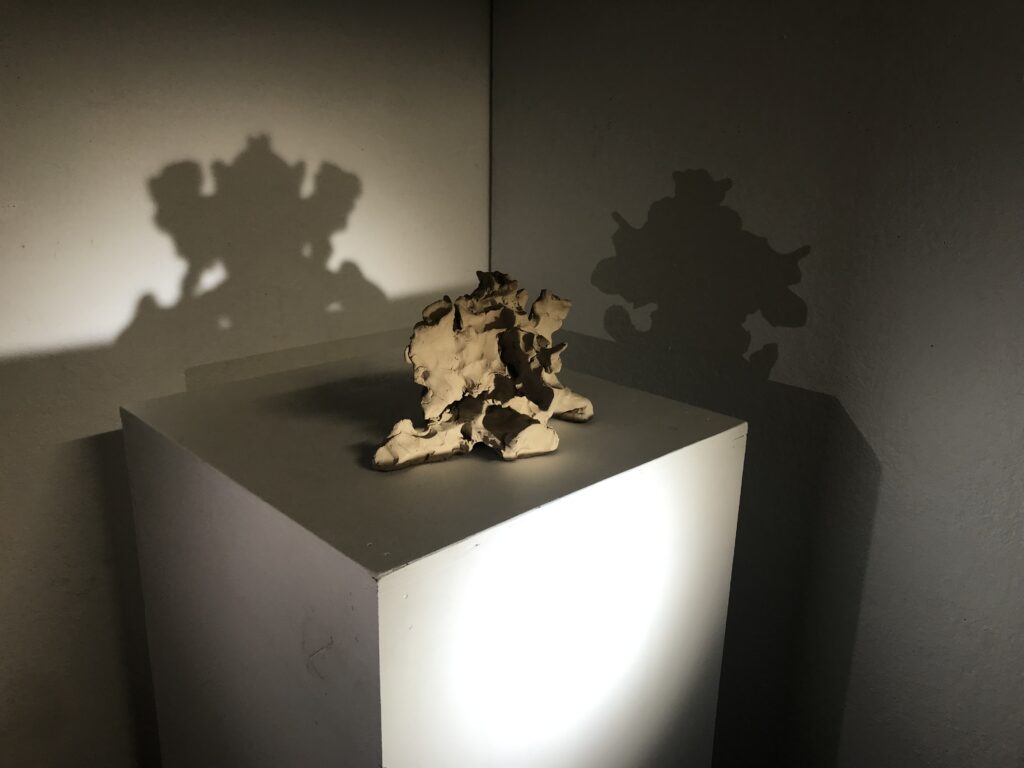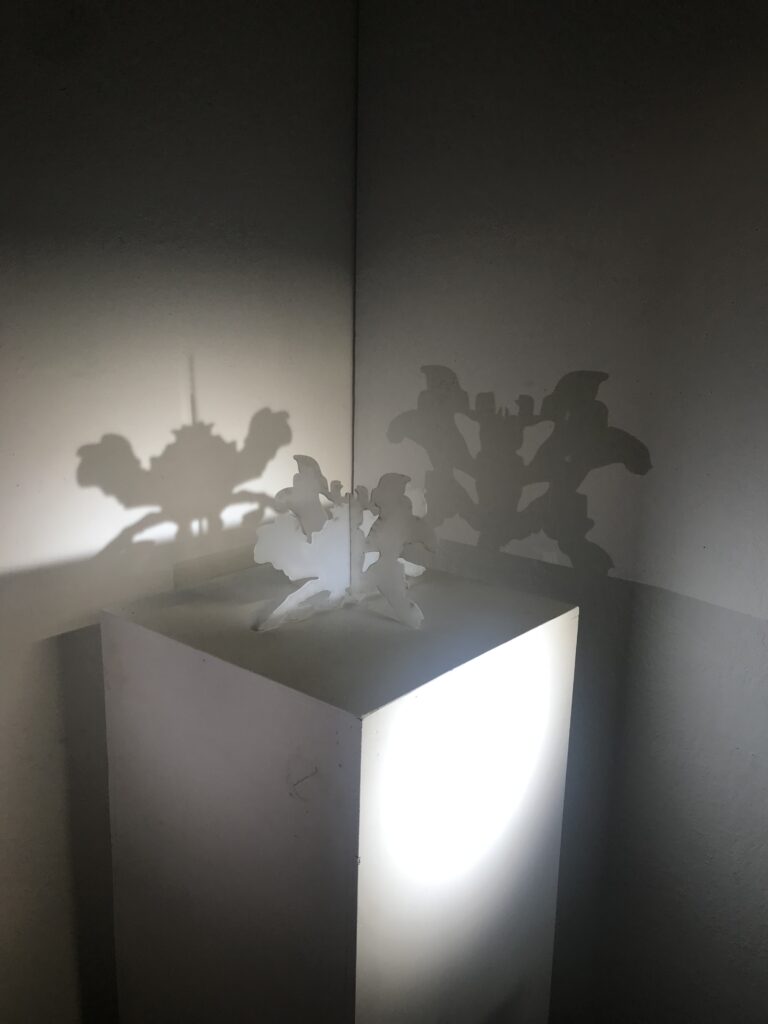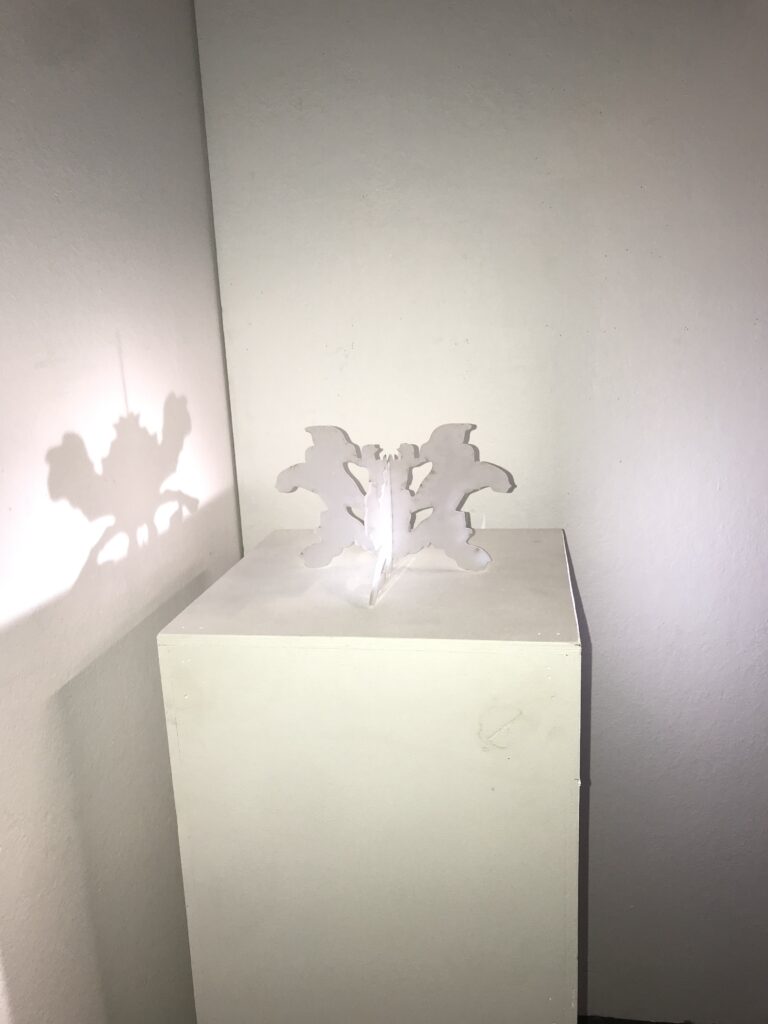“No Visible Means of Escape II.” Accessed October 20, 2022. http://marcquinn.com/artworks/single/no-visible-means-of-escape-ii.
“Triaxial Planck Density.” Accessed October 20, 2022. http://marcquinn.com/artworks/single/triaxial-planck-density.
“Biography.” Accessed October 20, 2022. http://marcquinn.com/read/biography.
“Eternal Spring (Sunflower) I.” Accessed October 20, 2022. http://marcquinn.com/artworks/single/eternal-spring-sunflower-i.
“Curiosidade, 2021 by Barrão,” October 19, 2022. https://ocula.com/art-galleries/fortes-daloia-gabriel/artworks/barrao/curiosidade/.
“Barrão – 7 Artworks, Bio & Shows on Artsy.” Accessed October 20, 2022. https://www.artsy.net/artist/barrao.
“Angela De La Cruz at Galerie Krinzinger,” October 20, 2022. https://ocula.com/art-galleries/galerie-krinzinger/artists/angela-de-la-cruz/.
“Angela de La Cruz’s Artworks | Lisson Gallery.” Accessed October 20, 2022. https://www.lissongallery.com/artists/angela-de-la-cruz/artworks.
“How Sculptor Angela de La Cruz Uses Twisted Metal to Explore the Vulnerability of the Body at Lisson Gallery | Artnet News.” Accessed October 20, 2022. https://news.artnet.com/art-world/lisson-gallery-angela-de-la-cruz-1313720.
“Head I (Turquoise) by Angela De La Cruz at Galerie Krinzinger.” Accessed October 20, 2022. https://ocula.com/art-galleries/galerie-krinzinger/artworks/angela-de-la-cruz/head-i-turquoise-(1)/.
“Angela de La Cruz: Larger Than Life (Knackered) at Galerie Thomas Schulte.” Accessed October 20, 2022. https://www.galleriesnow.net/shows/angela-de-la-cruz-larger-than-life-knackered/.
Nick Ervinck. “MYRSTAW.” Accessed October 2022. https://nickervinck.com/en/projects/detail/myrstaw.
“Iris Van Herpen & Trippen: Sensory Common Grounds – Trippen Shoes – Exceptional Design and Quality from Germany.” Accessed October 2022. https://en.trippen.com/blog/2020/01/29/iris-van-herpen-and-trippen-sensory-common-grounds.
How Does the Rorschach Inkblot Test Work? – Damion Searls, 2019. https://www.youtube.com/watch?v=LYi19-Vx6go.
Roman Mitch, Pocket Painting, 2020 Tumblr. “Mokopōpaki: Photo.” https://gallery.mokopopaki.co.nz/image/636821224413069312.
The Museum of Modern Art. “Andy Warhol. Rorschach. 1984 | MoMA.” Accessed October 2022. https://www.moma.org/collection/works/79749.
SUSAN CHRYSLER WHITE. “SUSAN CHRYSLER WHITE.” Accessed October 2022. http://www.susanchryslerwhite.net.
“Premature 88 – Giovanni De Benedetto – Artwork: Photographic Art.” Accessed October 2022. https://artelaguna.world/photograph/premature-88/.
Al-Tiba9 Contemporary Art. “INTERVIEW | Giovanni De Benedetto | Magazine.” Accessed October 25, 2022. https://www.altiba9.com/artist-interviews/giovanni-de-benedetto-painting-photography.
Albers, Josef. Interaction of Color: 50th Anniversary Edition. United Kingdom: Yale University Press, 2013.
“Edouard Vuillard (1868-1940).” Accessed October 25, 2022. https://www.christies.com/lot/lot-edouard-vuillard-la-femme-au-fauteuil-6190585/?from=searchresults&intobjectid=6190585&sid=fb2183cd-c68a-409f-b12c-a6552fc01c91.
“Interior: The Drawing Room | Art UK.” Accessed October 25, 2022. https://artuk.org/discover/artworks/interior-the-drawing-room-86660.
“Pia Fries | Talley Dunn Gallery.” Accessed July, 2022. https://talleydunn.com/project/pia-fries/.
Boucher, François. Madame Bergeret,. possibly 1766. Oil on canvas, overall: 143.5 x 105.4 cm (56 1/2 x 41 1/2 in.), framed: 172.4 x 134.3 cm (67 7/8 x 52 7/8 in.).
“Rita Ackermann | Artnet.” Accessed 2022. http://www.artnet.com/artists/rita-ackermann/.
“Emilio Villalba.” Accessed August, 2022. https://emiliovillalbaart.com/home.
“Dusen Dusen.” Accessed August 2022. https://www.dusendusen.com/.
Salinas, Juan Pablo. Conversazione in Salotto. Oil on panel, 40 CM x 27.5 CM. Accessed July, 2022. http://www.artnet.com/artists/juan-pablo-salinas/conversazione-in-salotto-Loz8df-F0vl-mHJV0O22XQ2.
“Interior: The Drawing Room | Art UK.” Accessed September 2022. https://artuk.org/discover/artworks/interior-the-drawing-room-86660.
ROTAGIORGINO. “In conversation with… Brendan Burns,” August, 2020. https://rotagiorgino.com/2020/03/30/in-conversation-with-brendan-burns/.
“Jessica Stockholder.” Accessed June, 2022. https://jessicastockholder.info/.
“White Cube – Artists – Imi Knoebel.” Accessed June, 2022. https://whitecube.com/artists/artist/imi_knoebel.
“Jae Hoon Lee Biography, Artworks & Exhibitions,” Accessed May, 2022. https://ocula.com/artists/jae-hoon-lee/.
Styler, Guest. “A Multi-Sensory Van Gogh Exhibition Is Coming To BNE!” Style Magazines, April 13, 2021. https://stylemagazines.com.au/things-to-do/van-gogh-alive/.
“William Kentridge | Exhibition | Royal Academy of Arts.” Accessed May, 2022. https://www.royalacademy.org.uk/exhibition/william-kentridge.
Benhamou, Judith. “Centre Pompidou: Why Did Christo Wrap Things?” Judith Benhamou-Huet Reports, July 20, 2020. https://judithbenhamouhuet.com/centre-pompidou-why-did-christo-wrap-things/.
“Mimi Choi Makeup Artistry.” Accessed April, 2022. https://www.mimichoimakeup.com/.
Lawrence, Isaiah. “Why Does Jan Hakon Erichsen Risk His Life To Destroy His Art?” ArtDealerStreet, June 30, 2021. https://www.artdealerstreet.com/single-post/why-does-jan-hakon-erichsen-risk-his-life-to-destroy-his-art.
“Ben Long | Moving Landscapes.” Accessed March, 2022. http://www.benlong.co.uk/moving-landscapes.
“Pacific Migrant Workers the Focus of Confronting Artwork by New Zealand-Based Tongan Artist John Vea – ABC News.” Accessed March, 2022. https://www.abc.net.au/news/2019-11-05/pacific-migrant-workers-artwork-by-tongan-artist-john-vea/11664882.
“BEHIND THE ARTWORK — ROSE EKEN. After Having Purchased a Humorous… | by Artlandapp.Com | Medium.” Accessed March, 2022. https://medium.com/@Artlandapp/behind-the-artwork-rose-eken-f305936d51d7.
Benson, Eben. “Juxtapoz Magazine – Lucy Sparrow: Living In A Material World.” Accessed March, 2022. https://www.juxtapoz.com/news/magazine/features/lucy-sparrow-living-in-a-material-world/.
“Margie Livingston.” Accessed March, 2022. https://margie.net/.
The Art Story. “Lucio Fontana Sculptures, Bio, Ideas.” Accessed March, 2022. https://www.theartstory.org/artist/fontana-lucio/.
“Agostino Bonalumi – 144 Artworks, Bio & Shows on Artsy.” Accessed March, 2022. https://www.artsy.net/artist/agostino-bonalumi.
“Enrico Castellani – 105 Artworks, Bio & Shows on Artsy.” Accessed March, 2022. https://www.artsy.net/artist/enrico-castellani.
“Mimmo Rotella 1918–2006 | Tate.” Accessed March, 2022. https://www.tate.org.uk/art/artists/mimmo-rotella-11023.
“Luisa Afoa + Love Feminisms – VICTORIA HOLLINGS.” Accessed March, 2022. https://victoriajoanhollings.wordpress.com/2020/01/26/luisa-afoa-love-feminisms/.
Tate. “Mimmo Rotella 1918–2006.” Tate. Accessed March, 2022. https://www.tate.org.uk/art/artists/mimmo-rotella-11023.
Theory:
Meyer, Manulani Aluli, Indigenous and Authentic: Hawaiian Epistemology and the Triangulation of Meaning, Auckland: SAGE Publications, Inc., 2008.
Cohen, Richard, Beyond enlightenment, New York: Routledge, 2006.
Finlayson, Maureen, and Alison Honeyfield. They Came and They Prospered: A Finlayson Story. Ongaonga: Evagean Publishing, 1999.
Griffen, Vanessa, ed., Women Development and Empowerment: A Pacific Feminist Perspective. Fiji:Asian and Pacific Development Centre, 1989.
Lopesi, Lana, False Divides, Wellington: Bridget Williams Books, 2018.
Dixon, Violet K..Western Feminism in a Global Perspective.” Inquiries Journal vol. 3, num. 2, (2011): 1. http://www.inquiriesjournal.com/a?id=395.
“Volcanoes: Volcano Taupo”, GeoNet, accessed March 18, 2022, https://www.geonet.org.nz/about/volcano/taupo#:~:text=Taupo%20volcano%20last%20erupted%20over,are%20now%20under%20Lake%20Taupo.
Martin Wikaira,“Story: Ngati Tuwharetoa: The Journey of Ngatoroirangi and Tia”, Te Ara- the Encyclopedia of New Zealand, accessed March 18, 2022, https://teara.govt.nz/en/ngati-tuwharetoa/page-2
Michelle Tanaka, “Finding Courage in the Unknown: Transformative Inquiry as Indigenist Inquiry”, The SAGE Handbook of Research on Teacher Education, vol 2, (2015): 67-75. https://files.eric.ed.gov/fulltext/EJ1246785.pdf.
Yayoi Kusama, The Obliteration Room, 2002-present, Installation, Queensland Art Gallery, Queensland, https://paviliontokyo.jp/en/pavilion-kusama/
Rose Eken, Homage a Pollock, Paperclay, 2015, https://cargocollective.com/artfilemagazine/Rose-Eken
Random International, Rain Room, Installation, 2012, MoMA, New York, https://www.random-international.com/rain-room-2012
Francois Boucher, MadamedePompadour,Oil on canvas, 1756, Alte Pinakothek, Munich, https://www.myddoa.com/madame-de-pompadour-francois-boucher/
Sari Shryack, Teenage Still Life, Acrylic on canvas, 2019, Austen, Texas, https://www.sari.studio/#/teenage-still-life/
Sebastian Masuda, Colourful Rebellion, Mixed media on wooden panel, 2016, https://www.artsy.net/artwork/sebastian-masuda-colorful-rebellion-pink
Lucy Sparrow, SparrowMart,Felt installation, 2018, The Standard Hotel, Los Angeles, https://thespaces.com/lucy-sparrow-opens-a-supermarket-stocked-with-felt-fruit-and-veg/
Hans Hemmert, unnamed, Balloons, air, glue, 1998, Centro Galego de Arte Contemporanea, Spain, https://artsmania.ca/2018/10/04/interview-with-hans-hemmert/
Minna Gilligan, Sad Girl, mixed media, 2014, Daine Singer Gallery, Melbourne, http://www.minnagilligan.com/p/painting.html
Will Cotton, AgainstNature,Plaster and wood, 2012, http://www.willcotton.com/sculpture/2012. Emilio Villalba, EmilioVillalba,Bear,Michelle,andThings, Oil on Canvas, 2021,
https://www.hashimotocontemporary.com/exhibitions/127/works/artworks-7427-emilio-villalba-bear-michelle-and-things-2021/
Rana Kabbani, The lure of the East: British Orientalist painting, ed. Nicholas Tromans (London: Tate, 2008), 24
Bloom, Kelly. “Orientalism in french 19th century art.” (Art History Senior Thesis, Boston College University, 2004), 9, https://dlib.bc.edu/islandora/object/bc-ir:102288/datastream/PDF/download/citation.pdf
Kuypers, Joseph A. and Michael Kaufman. “Men, Feminism, and Men’s Contradictory Experiences of Power.” (2002), https://dx.doi.org/10.4135/9781452243627.n8
“Hugh Hale: He Suffers With His Nerves”, Semimagazine, https://www.semizine.com/feature/hue-hale-he-suffers-with-his-nerves
Kessler, Ronald C., Roger L. Brown, and Clifford L. Broman. “Sex Differences in Psychiatric
Help-Seeking: Evidence from Four Large-Scale Surveys.” Journal of Health and Social Behavior 22, no. 1 (1981): 52. https://doi.org/10.2307/2136367.
Addis, M.E. and Geoffrey H. Cohane, “Social scientific paradigms of masculinity and their implications for research and practice in men’s mental health.” J.Clin.Psychol., 61(2005): 642. https://doi.org/10.1002/jclp.20099
Andrews, Gavin J., and Cameron Duff. “Enrolling bodies, feasting on space: How wellbeing serves the forms and
flows of a new capitalism.” Wellbeing, Space and Society 1, (2020): 100004. https://doi.org/10.1016/j.wss.2020.100004.
Bowers, Hana, and Joseph M. Cheer. “Yoga tourism: Commodification and western embracement of eastern spiritual practice.” Tourism Management Perspectives 24, (2017): 208-216. https://doi.org/10.1016/j.tmp.2017.07.013.
Bruyere, Rosalyn. Wheels of light: Chakras, auras, and the healing energy of the body. New York: Simon and Schuster, 1994.
Bucar, Liz. Stealing My Religion : Not JustAny Cultural Appropriation. Cambridge: Harvard University Press, 2022, Accessed October 1, 2022. ProQuest Ebook Central, Chapter 3.
Davies, William. The Happiness Industry : How the Government and Big Business Sold Us Well-Being. London: Verso, 2015. Accessed October 1, 2022. ProQuest Ebook Central.
Wangmo, Tashi, and John Valk. “Under the influence of Buddhism: The psychological wellbeing indicators of GNH.” Journal of Bhutan Studies 26, no. 3 (2012): 58. http://www.bhutanstudies.org.bt/publicationFiles/JBS/JBS_Vol26/JBS%2026%20FINAL.pdf#page=57
Tagata Pasifika, “Artist Tiffany Singh on Namaste New Zealand”, Nov 8th, 2018, video, https://tpplus.co.nz/arts-music/artist-tiffany-singh-on-namaste-new-zealand/.
“Rituals and Wellbeing: Tiffany Singh in Conversation” Te Papa, accessed September 28, 2022, https://www.tepapa.govt.nz/discover-collections/read-watch-play/art/tiffany-singh-indras-bow-total-internal-reflecti on/rituals.
“Q & A: Tiffany Singh” The Arts Foundation, Oct 1, 2018, https://www.thearts.co.nz/articles/q-a-tiffany-singh.

